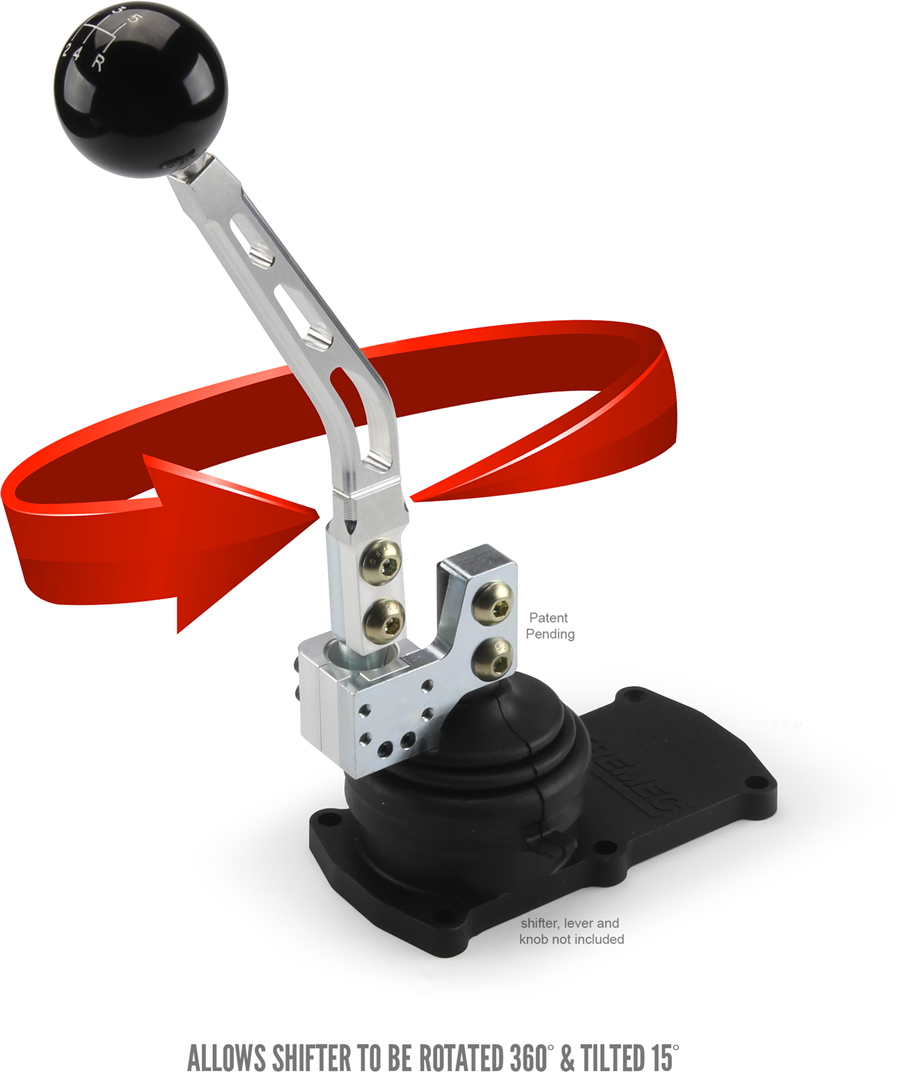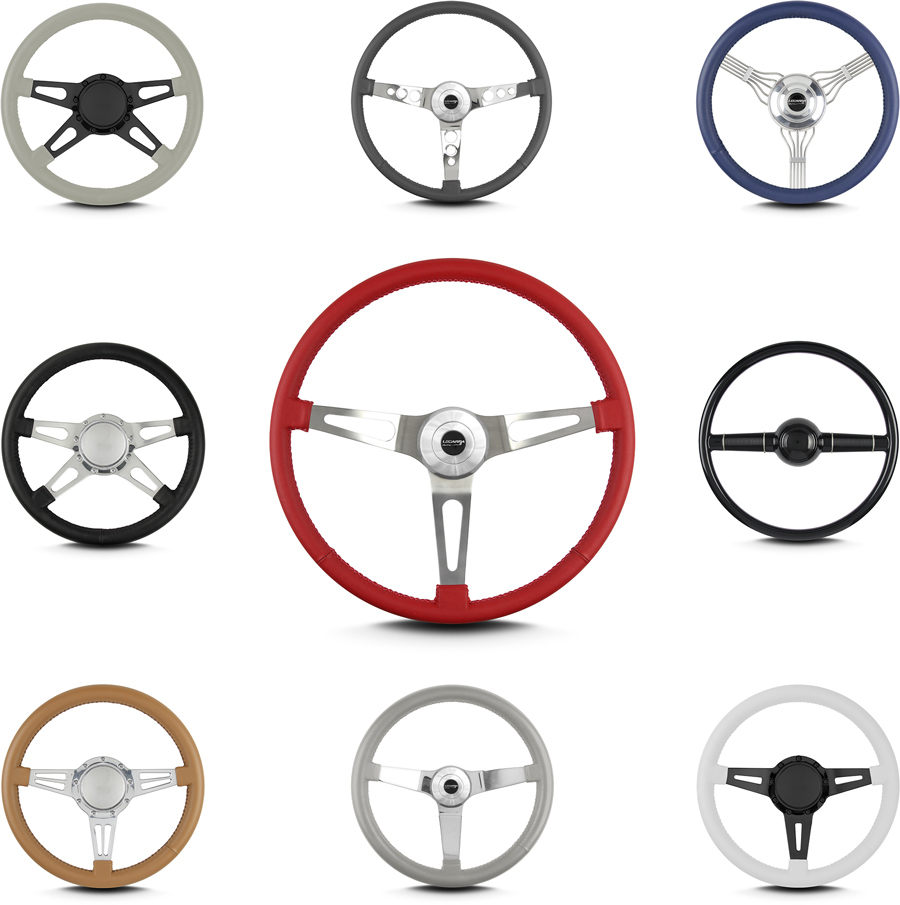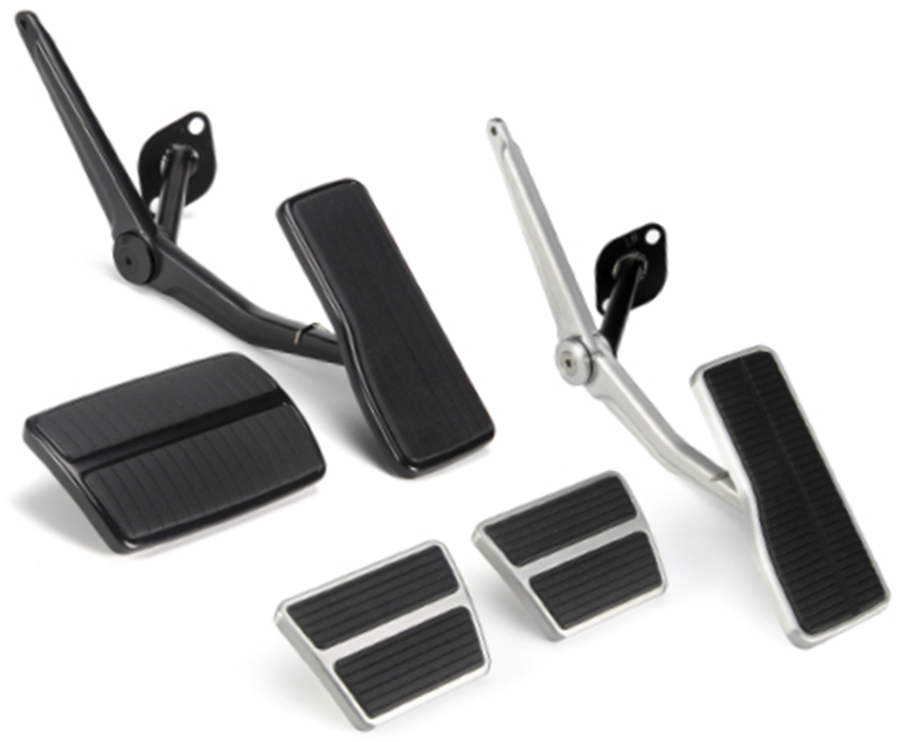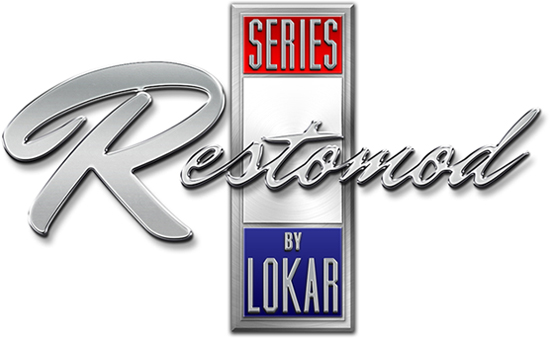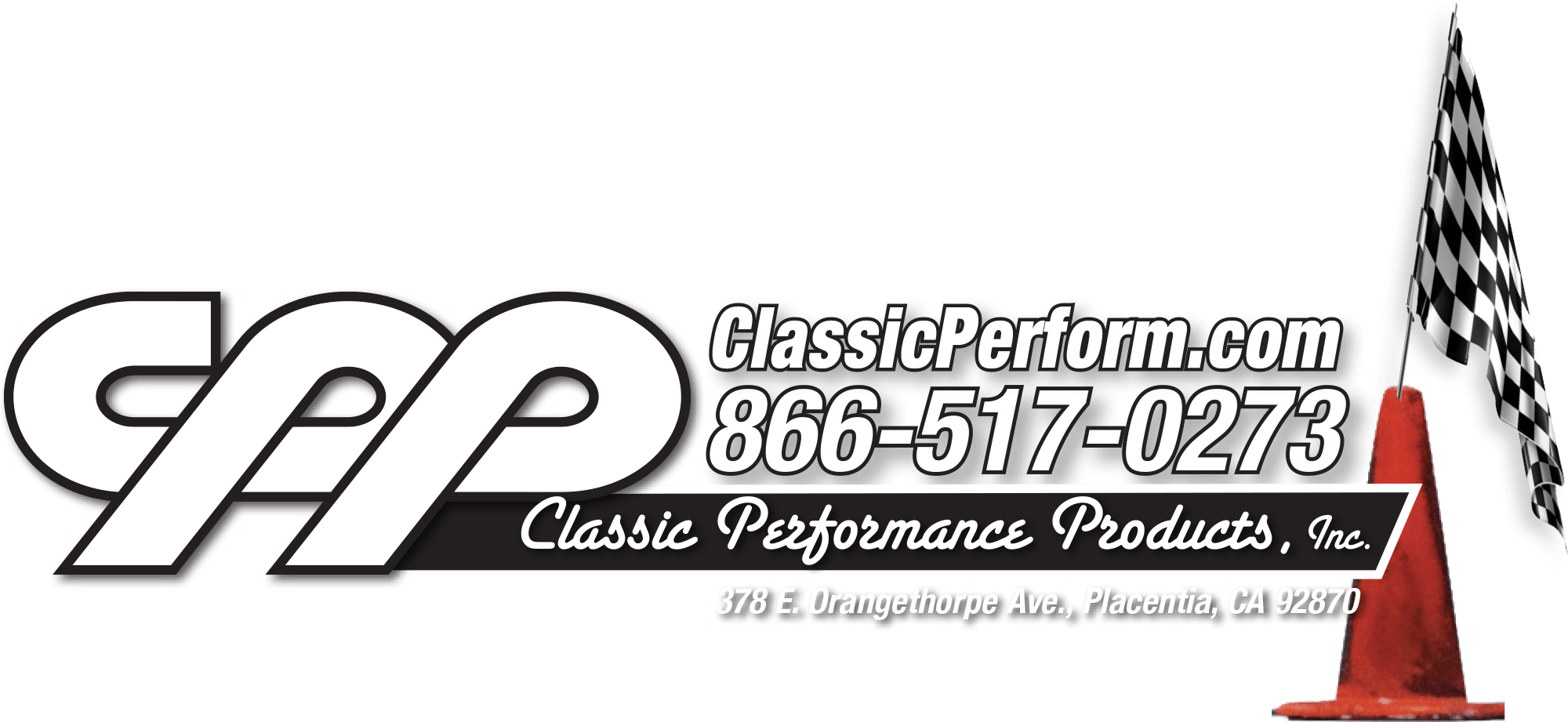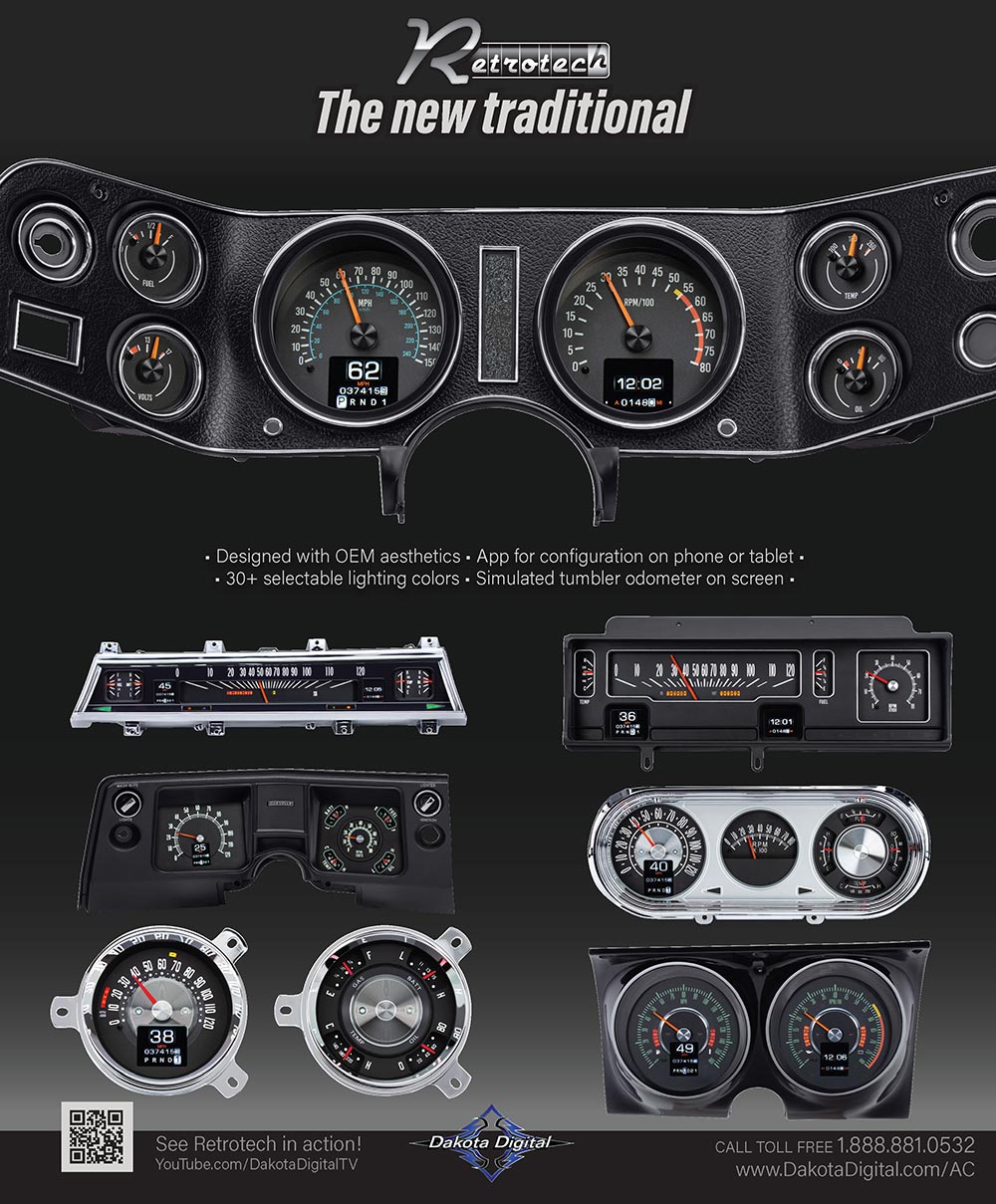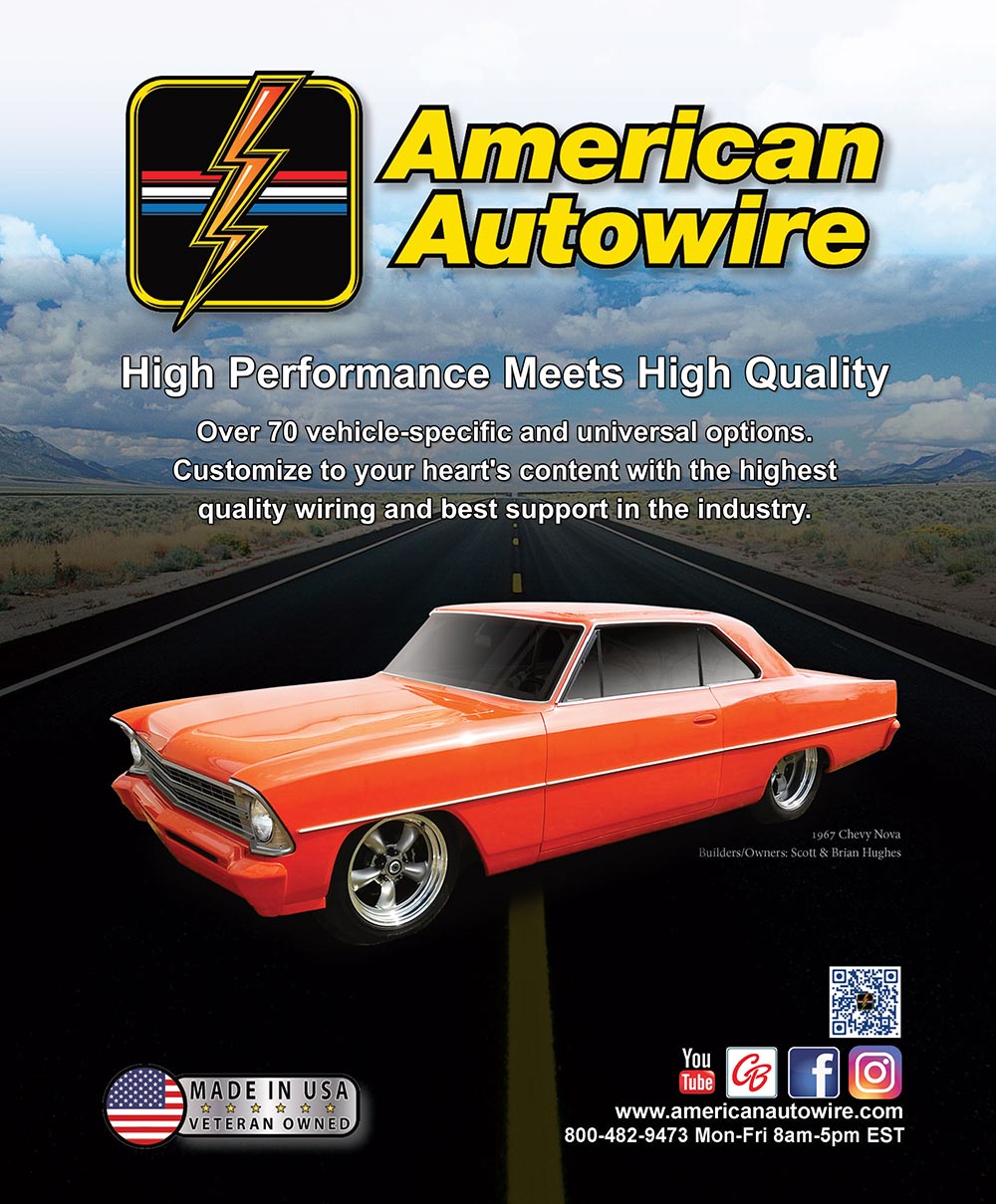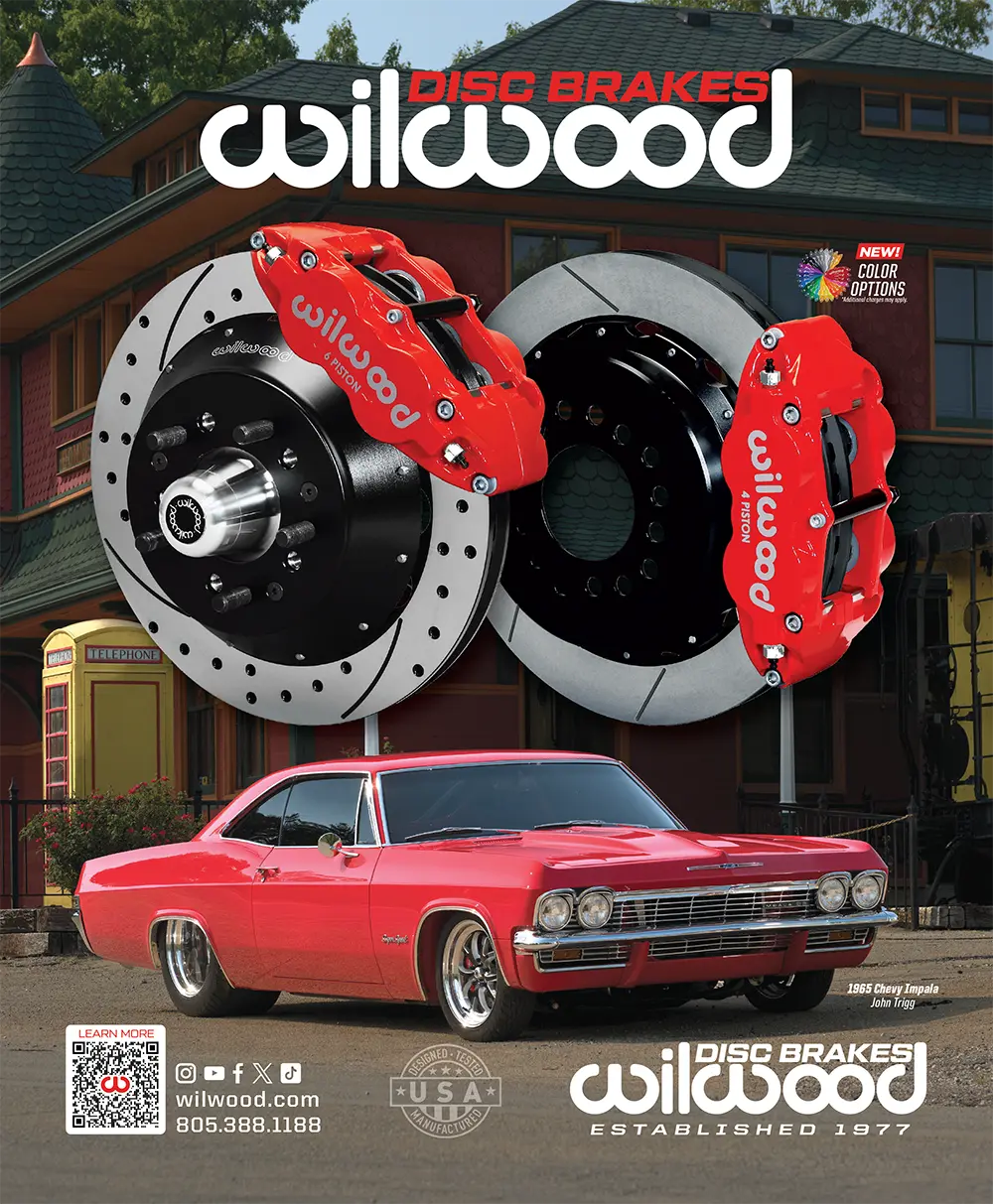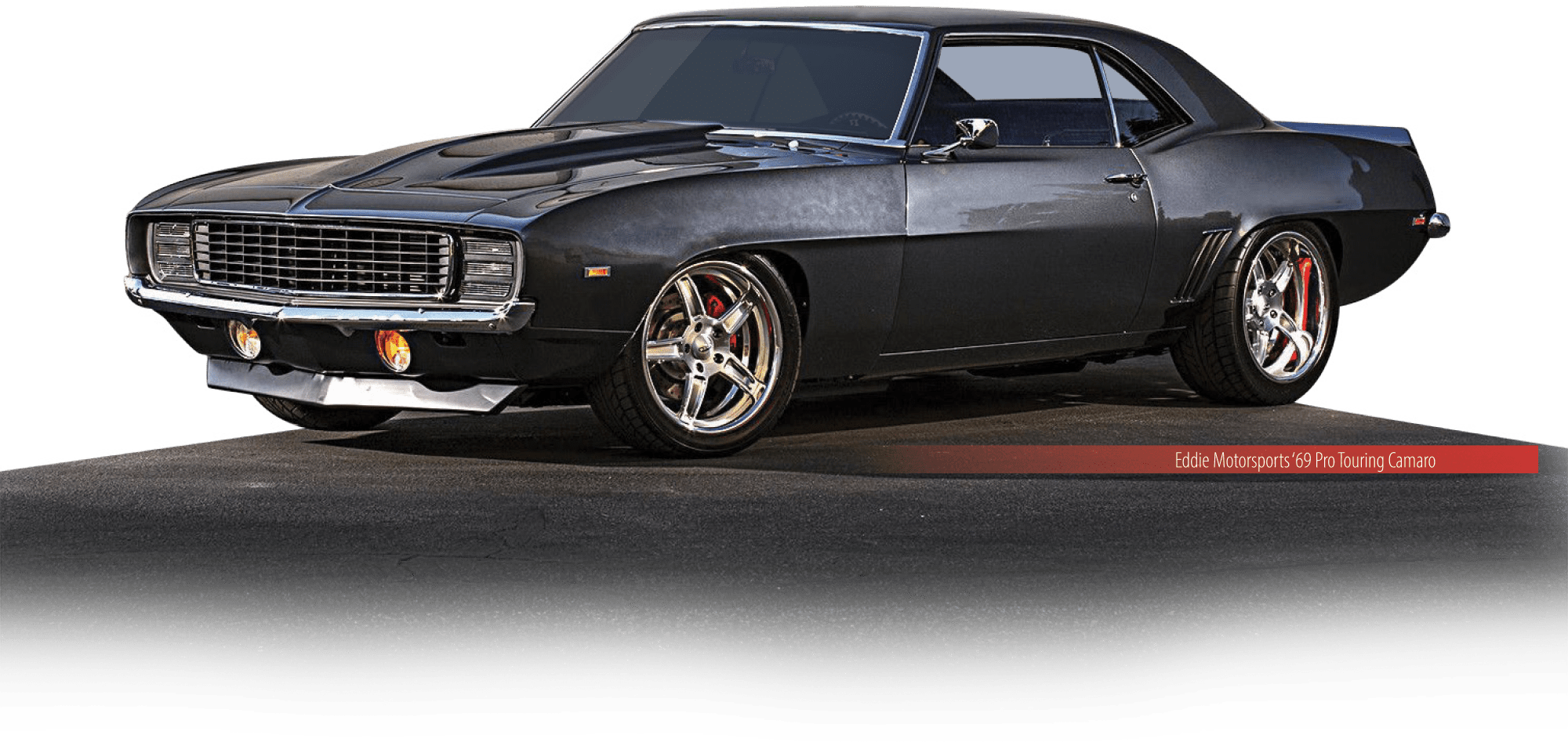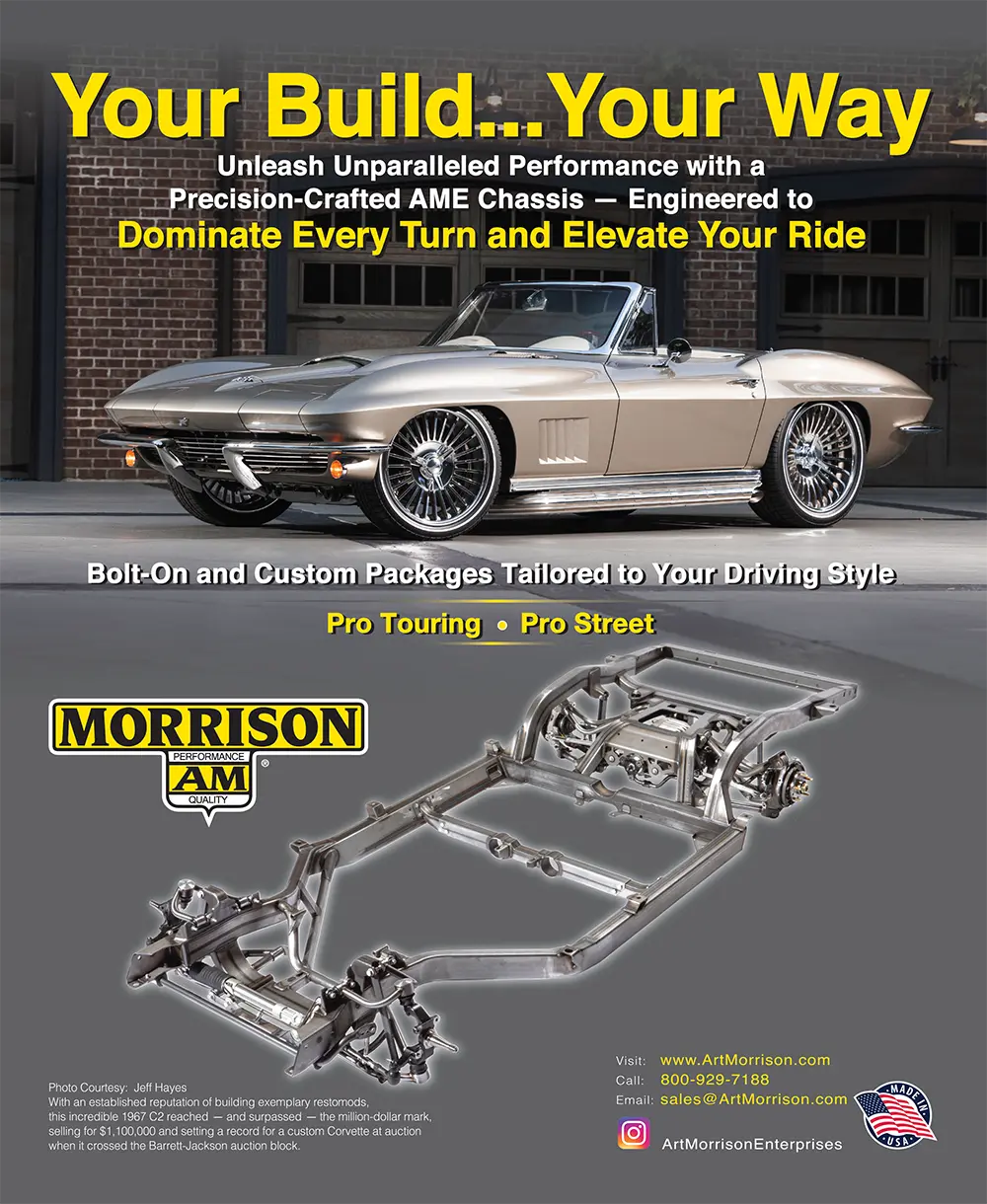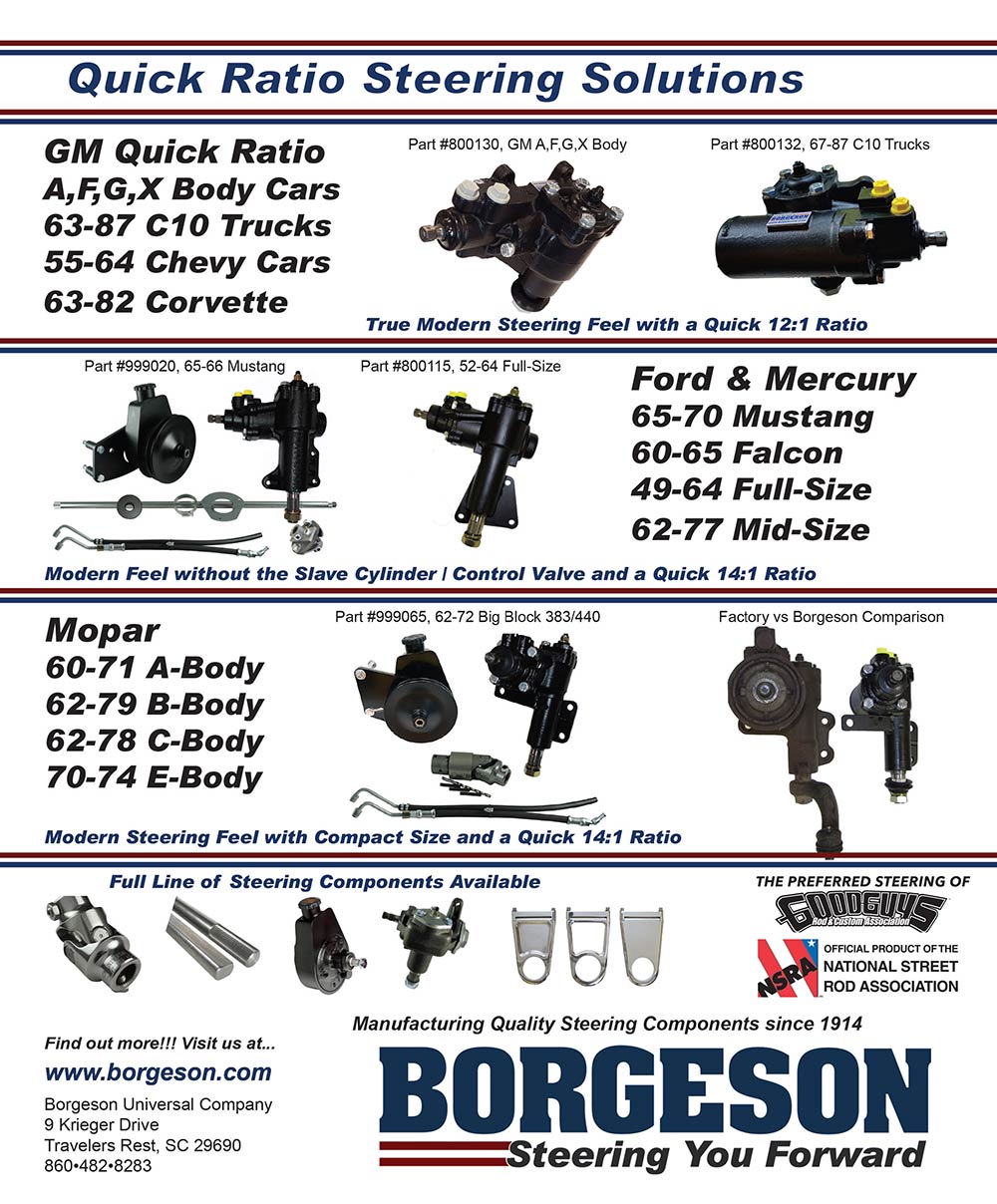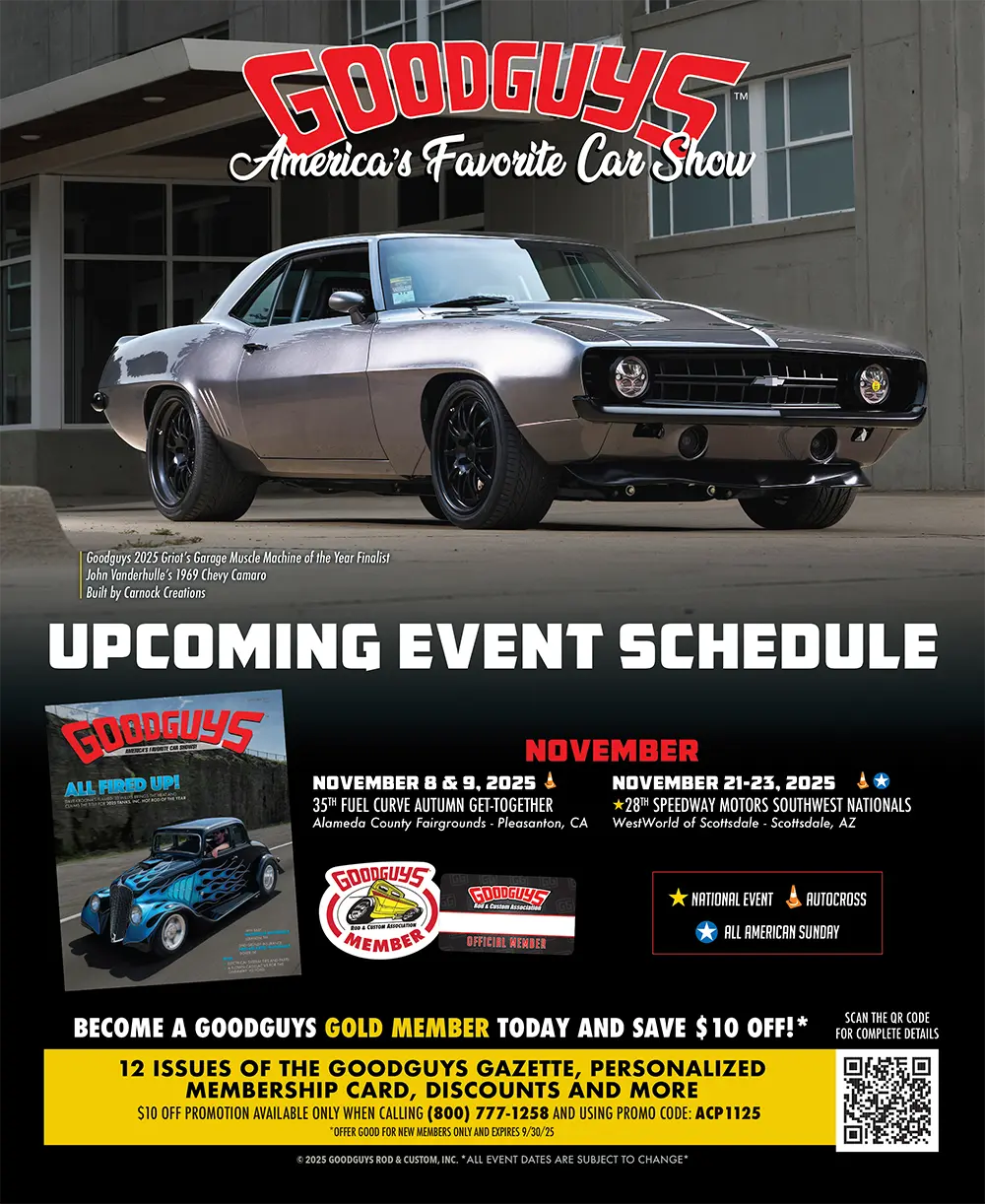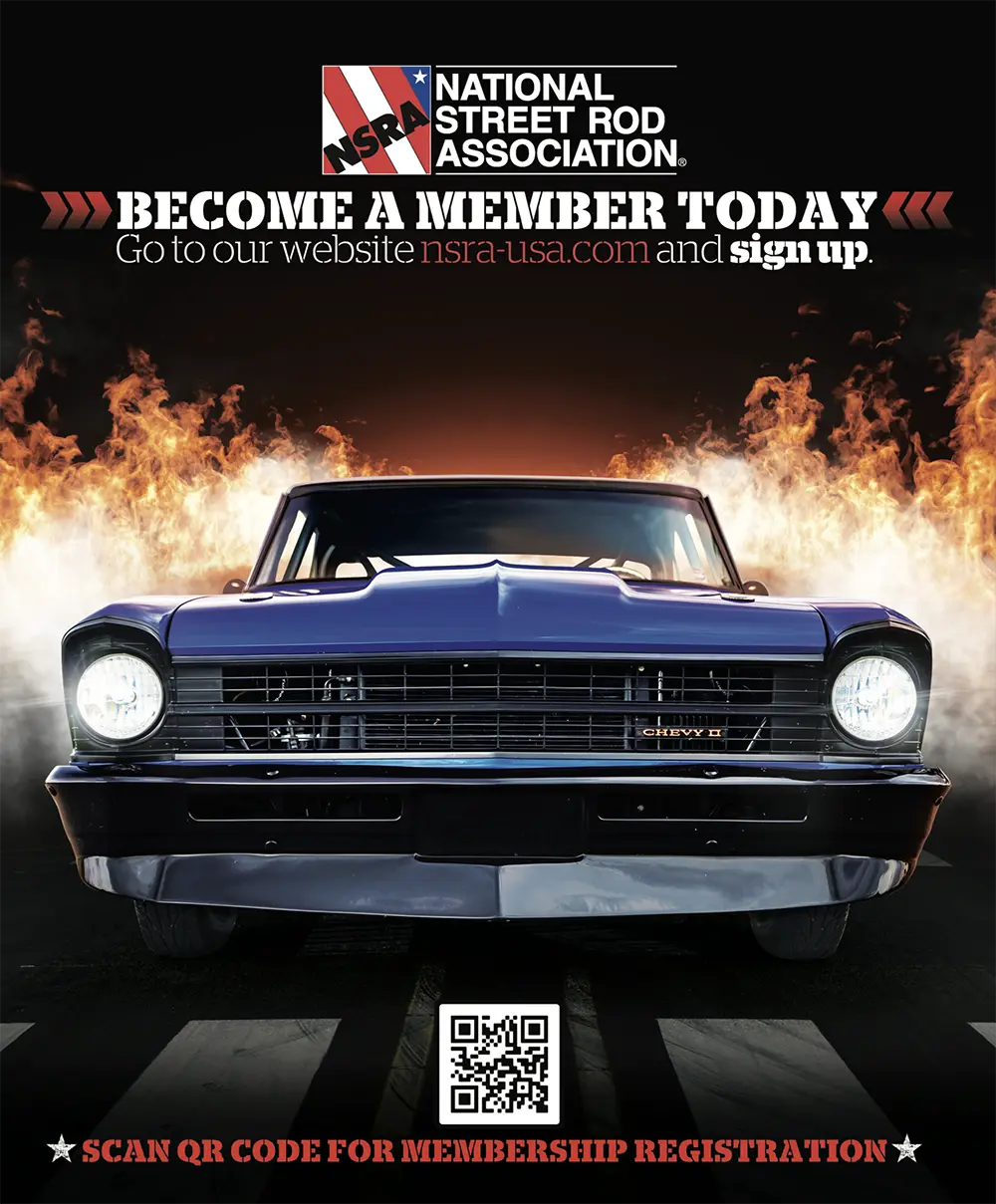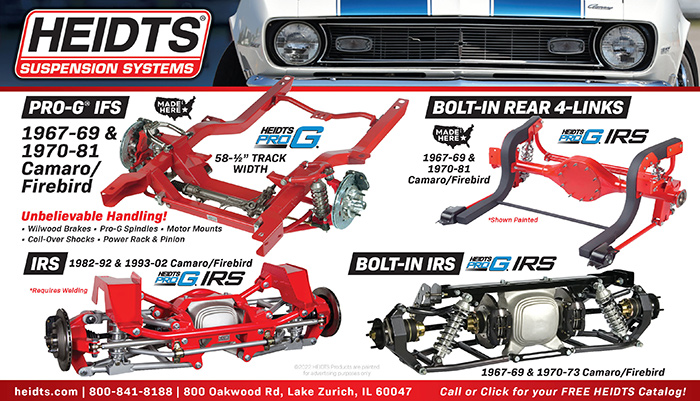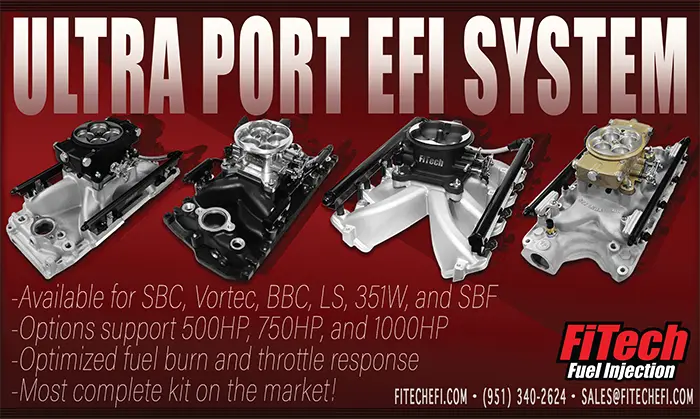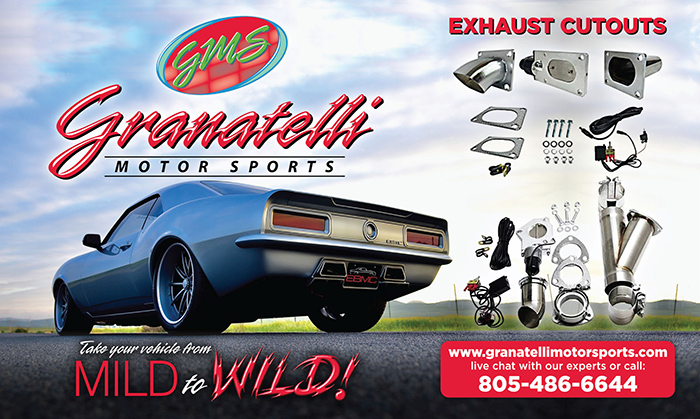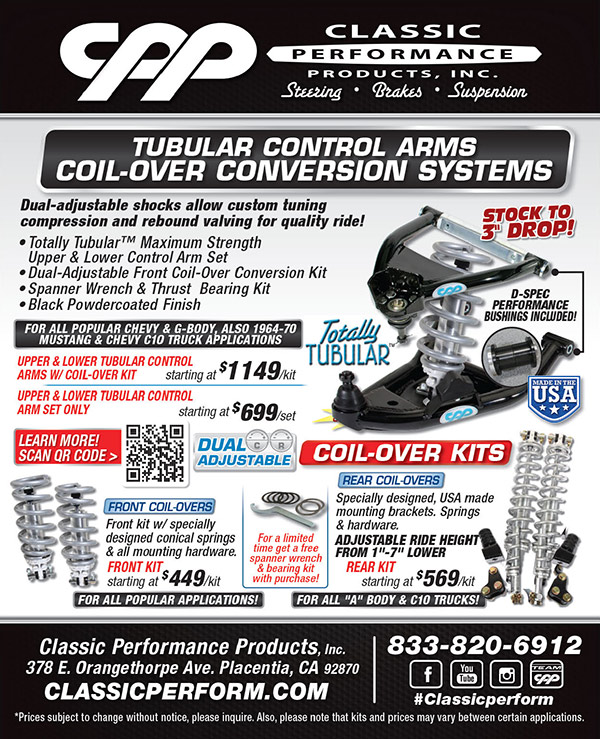 TOC
TOC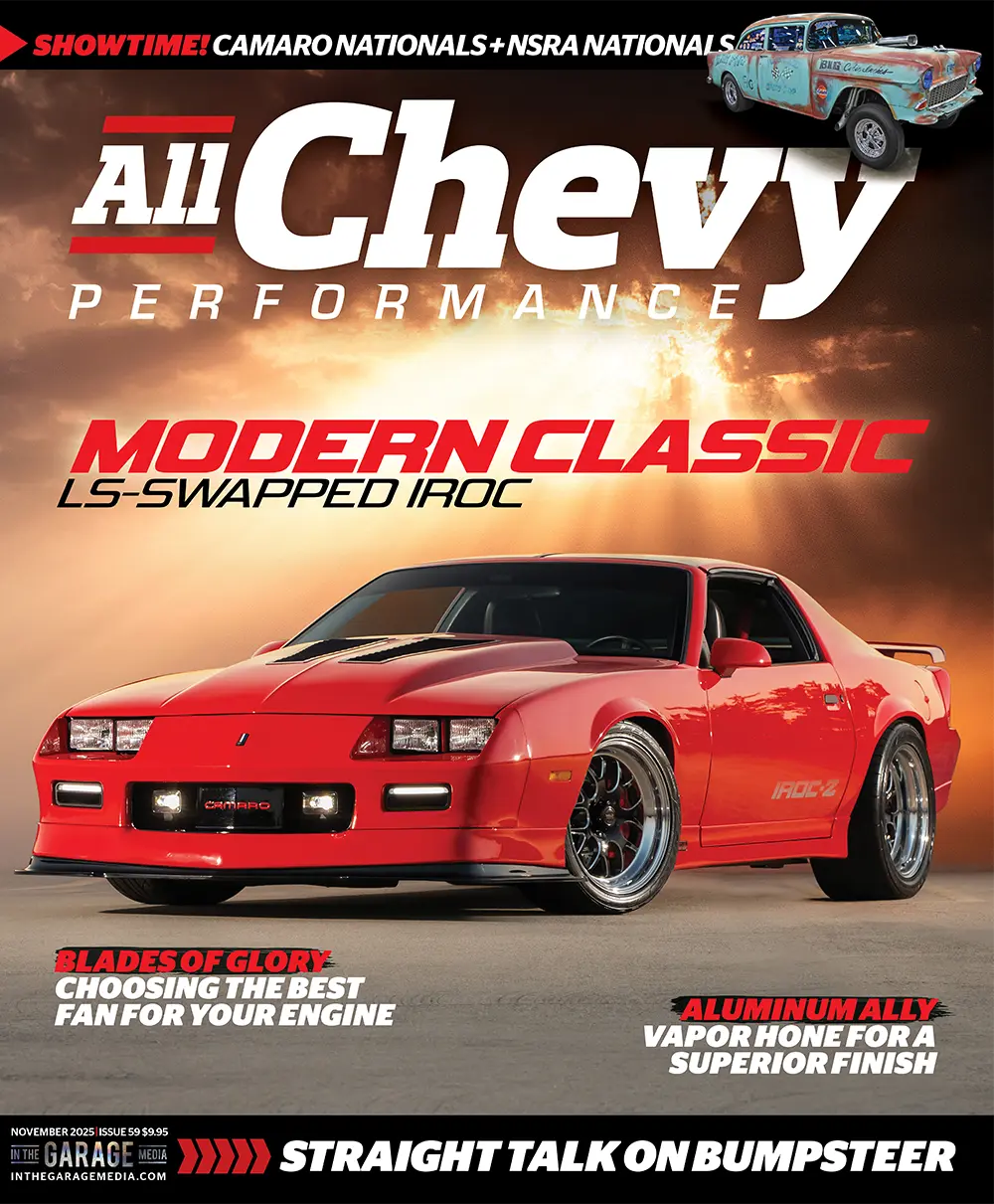
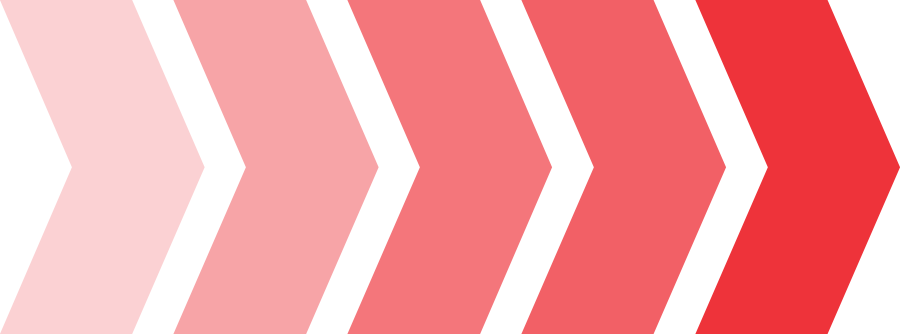
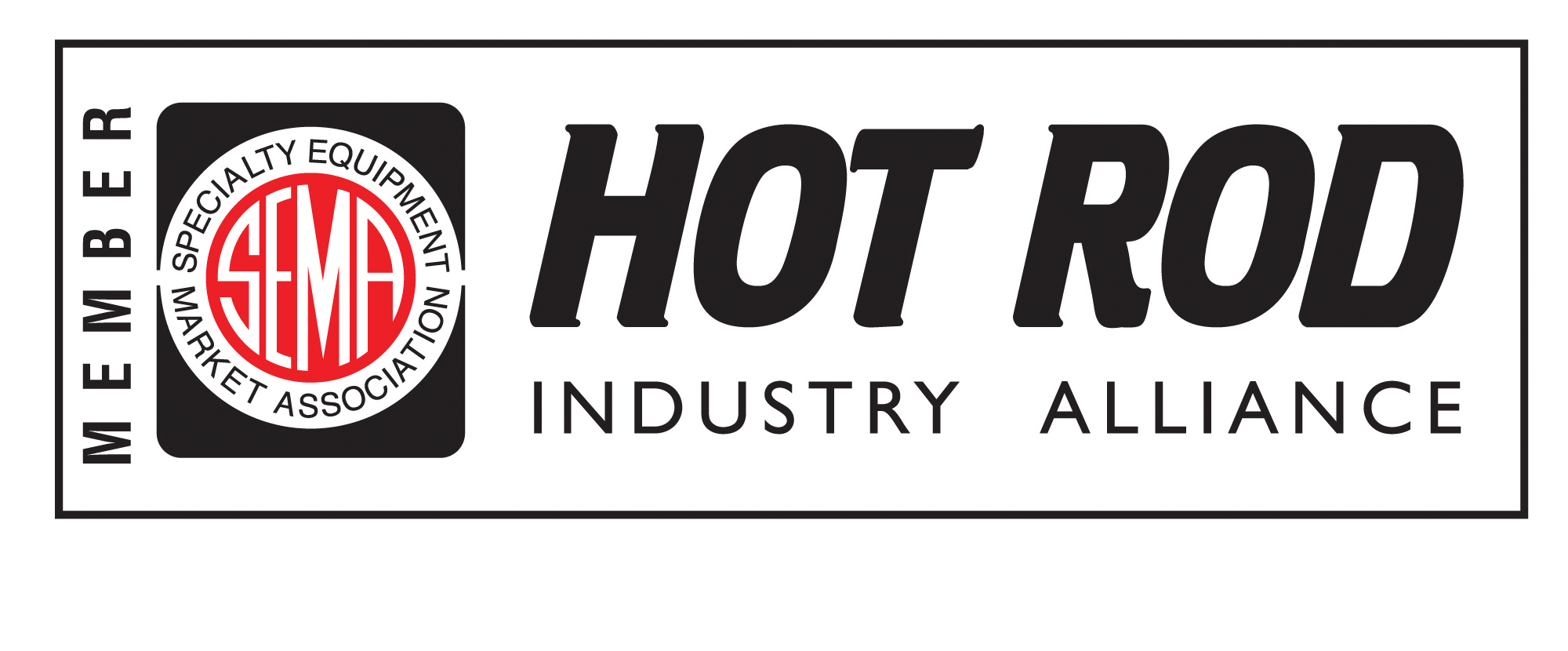

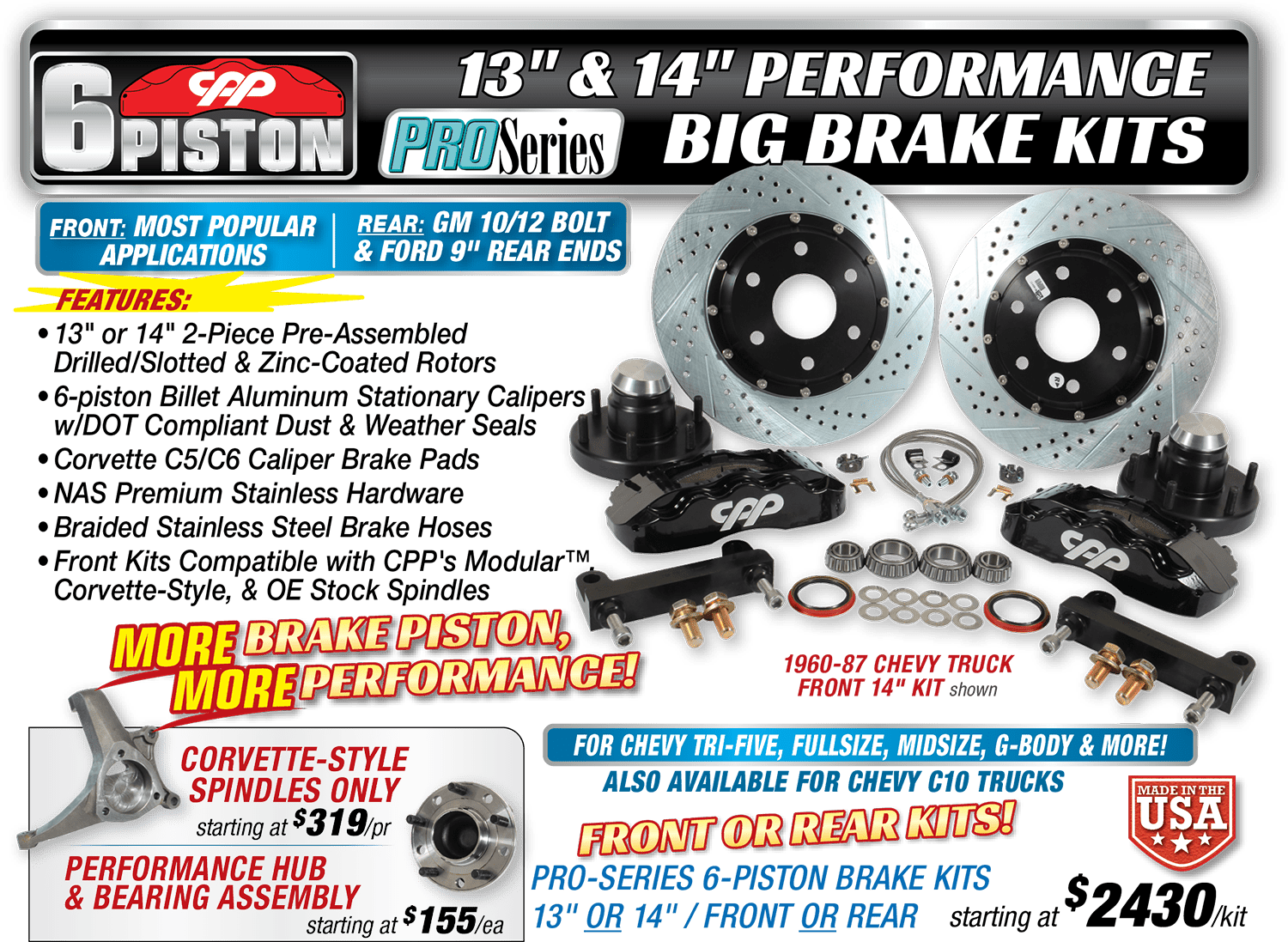
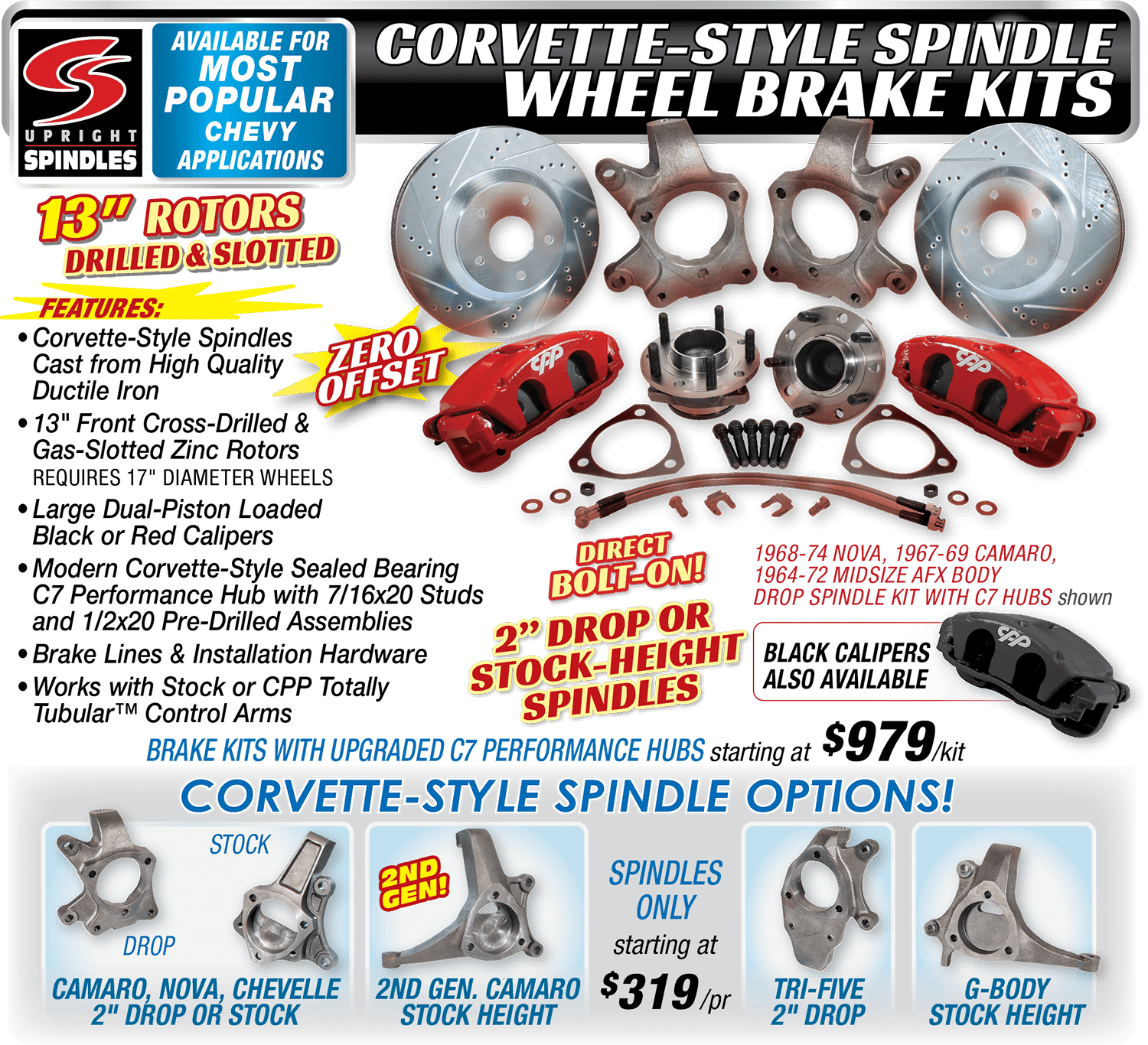
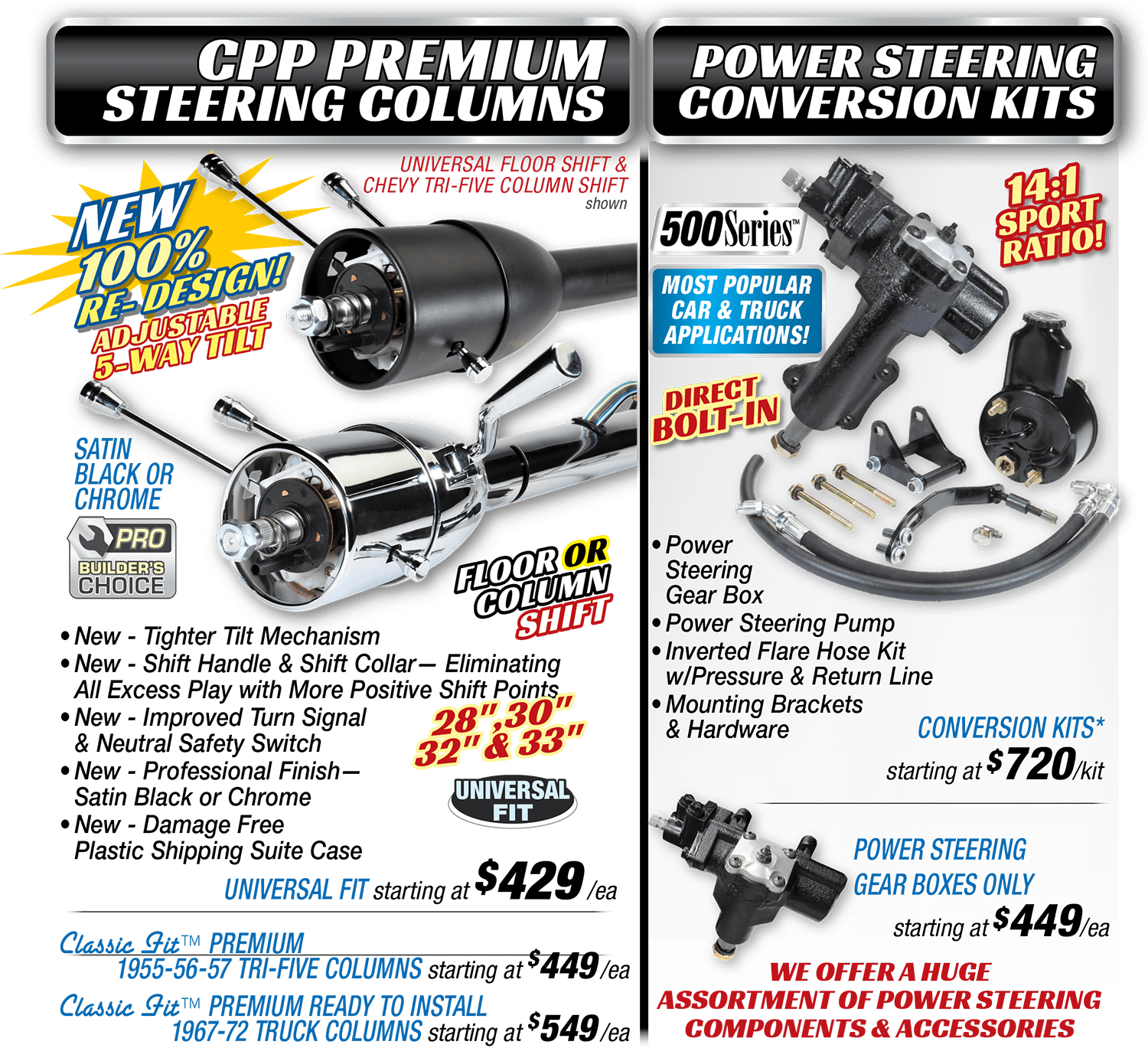
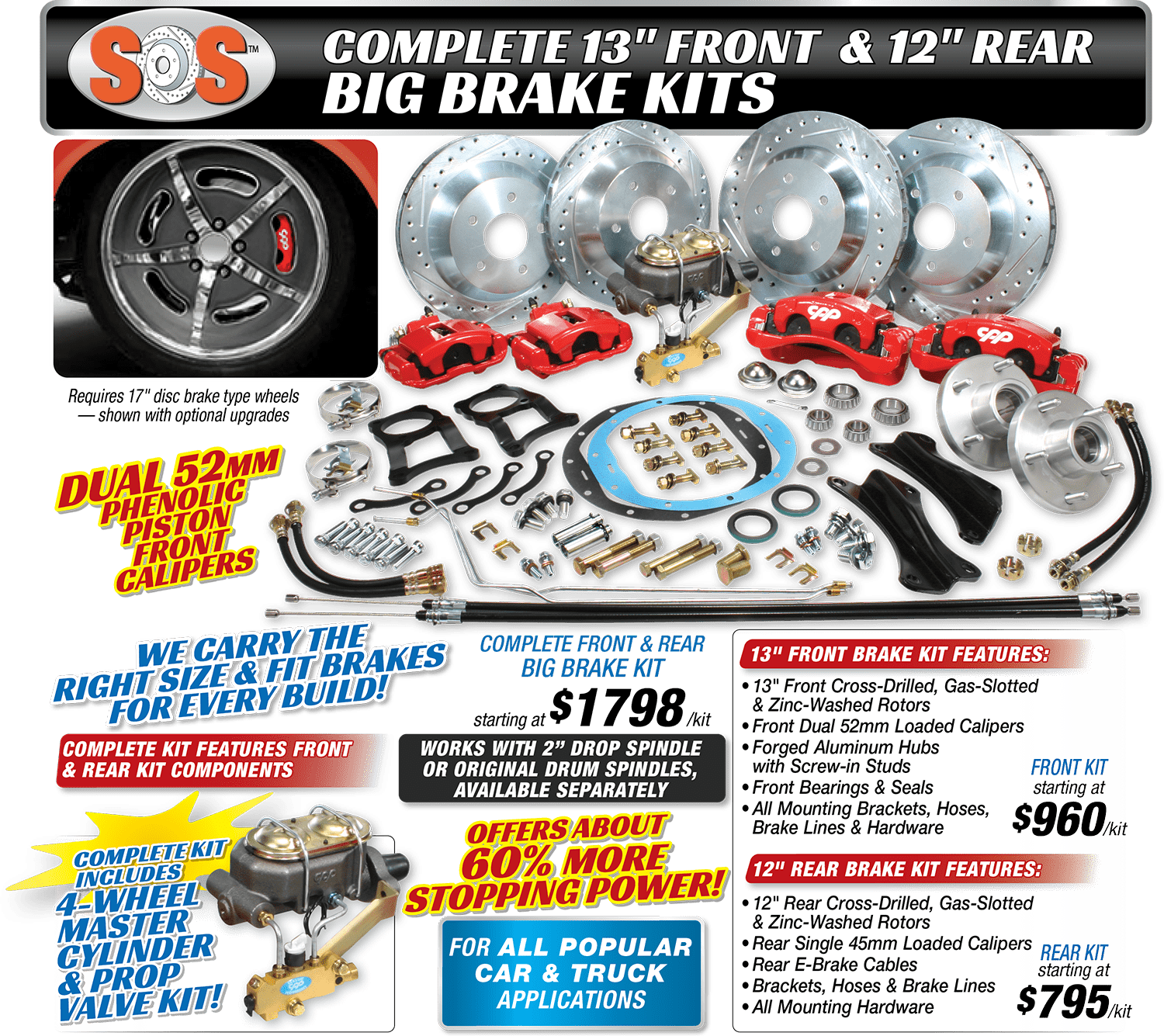
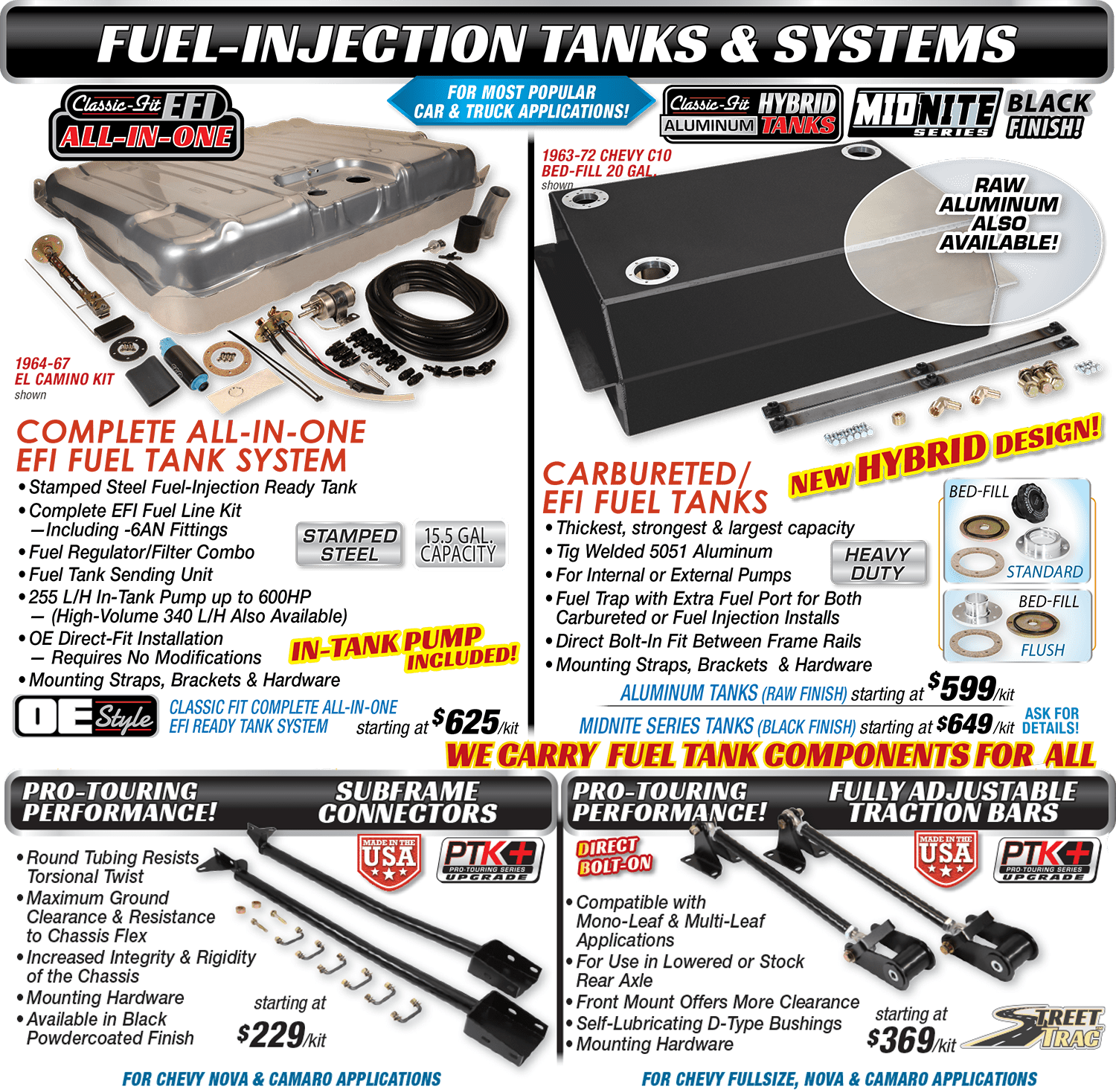

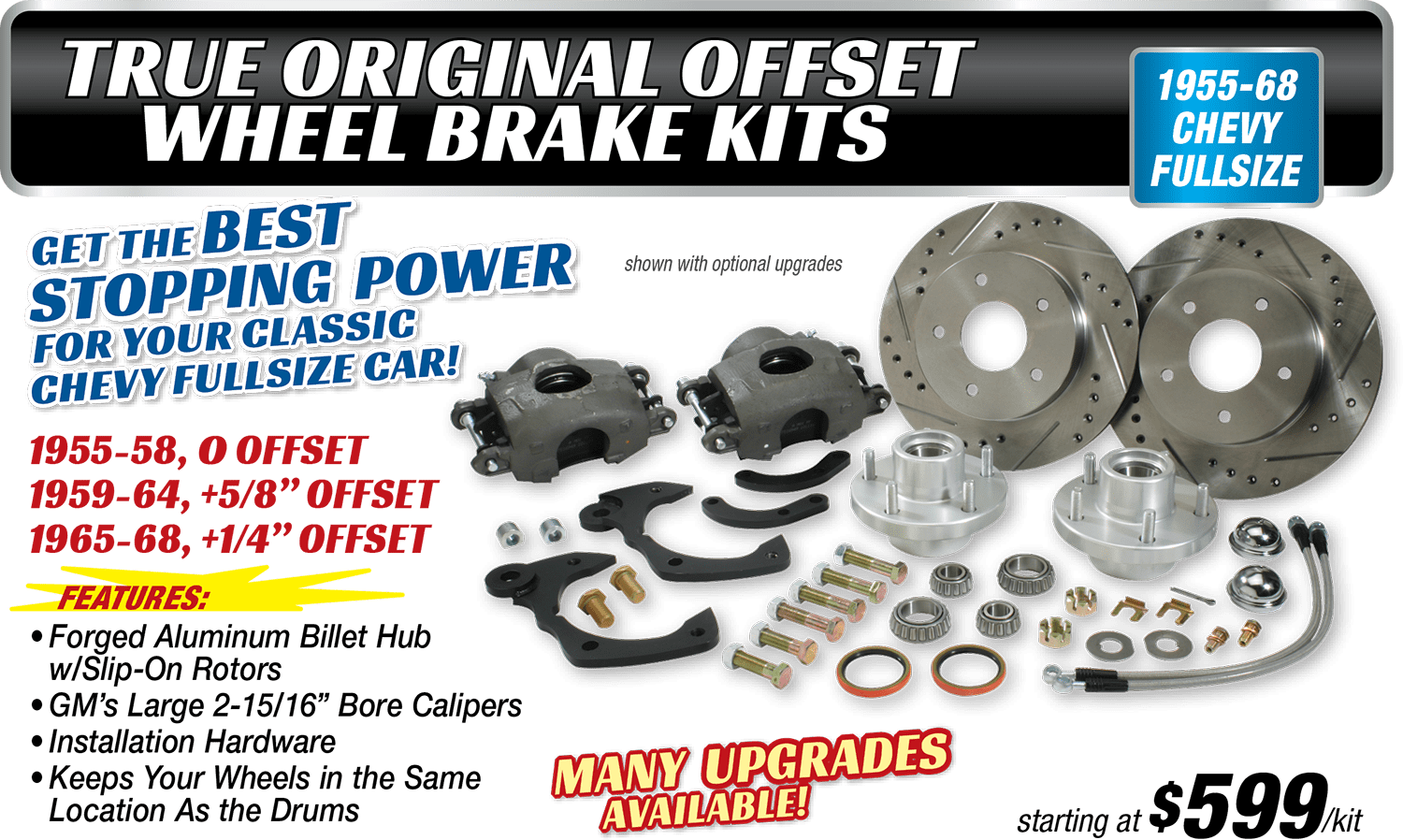
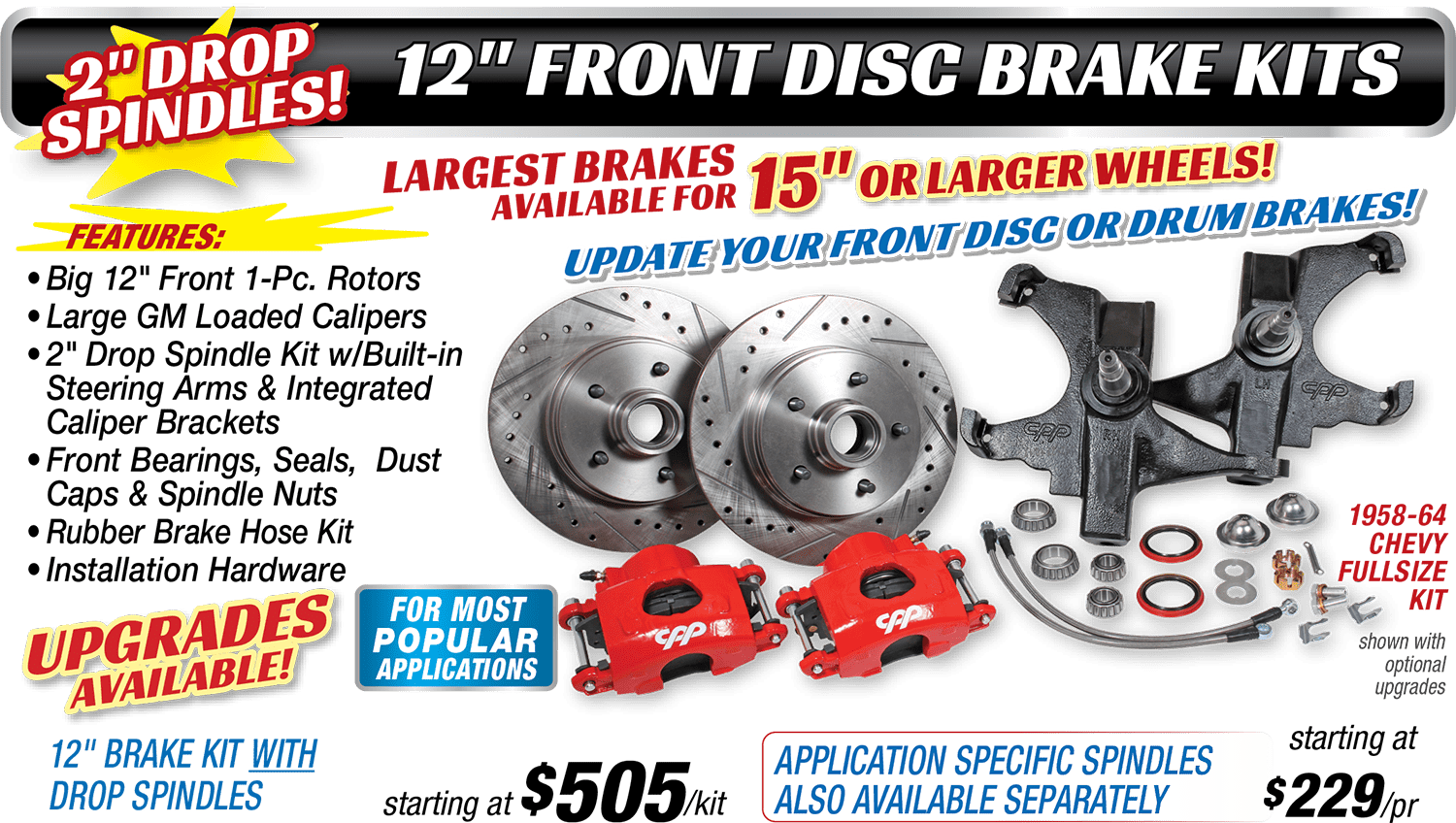
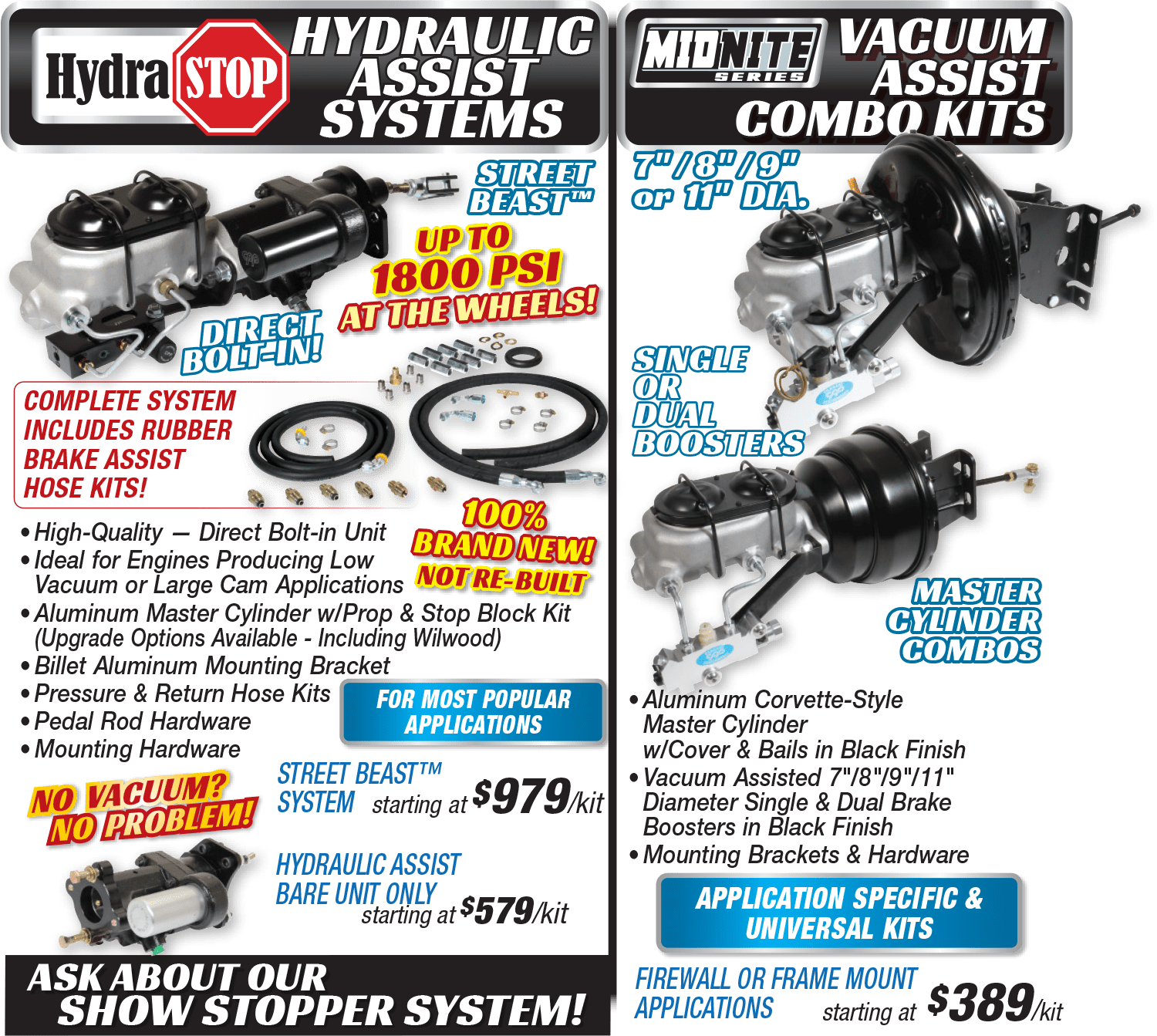
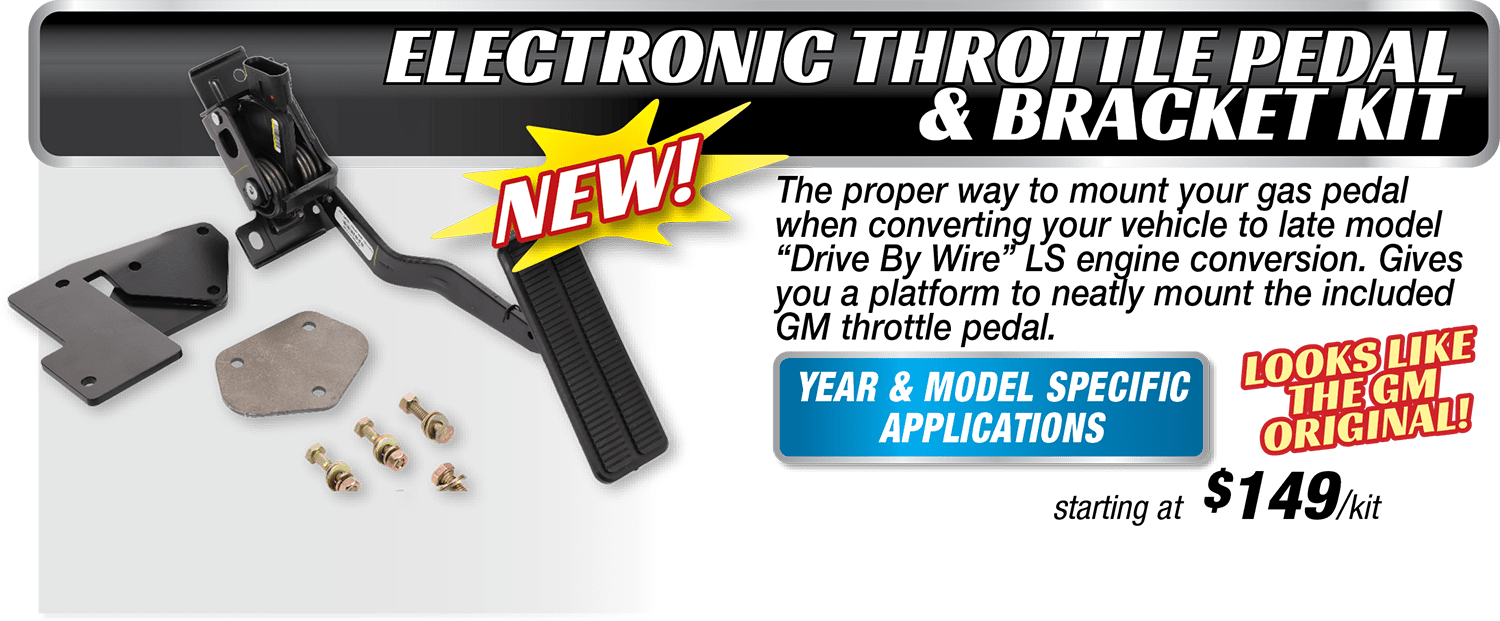
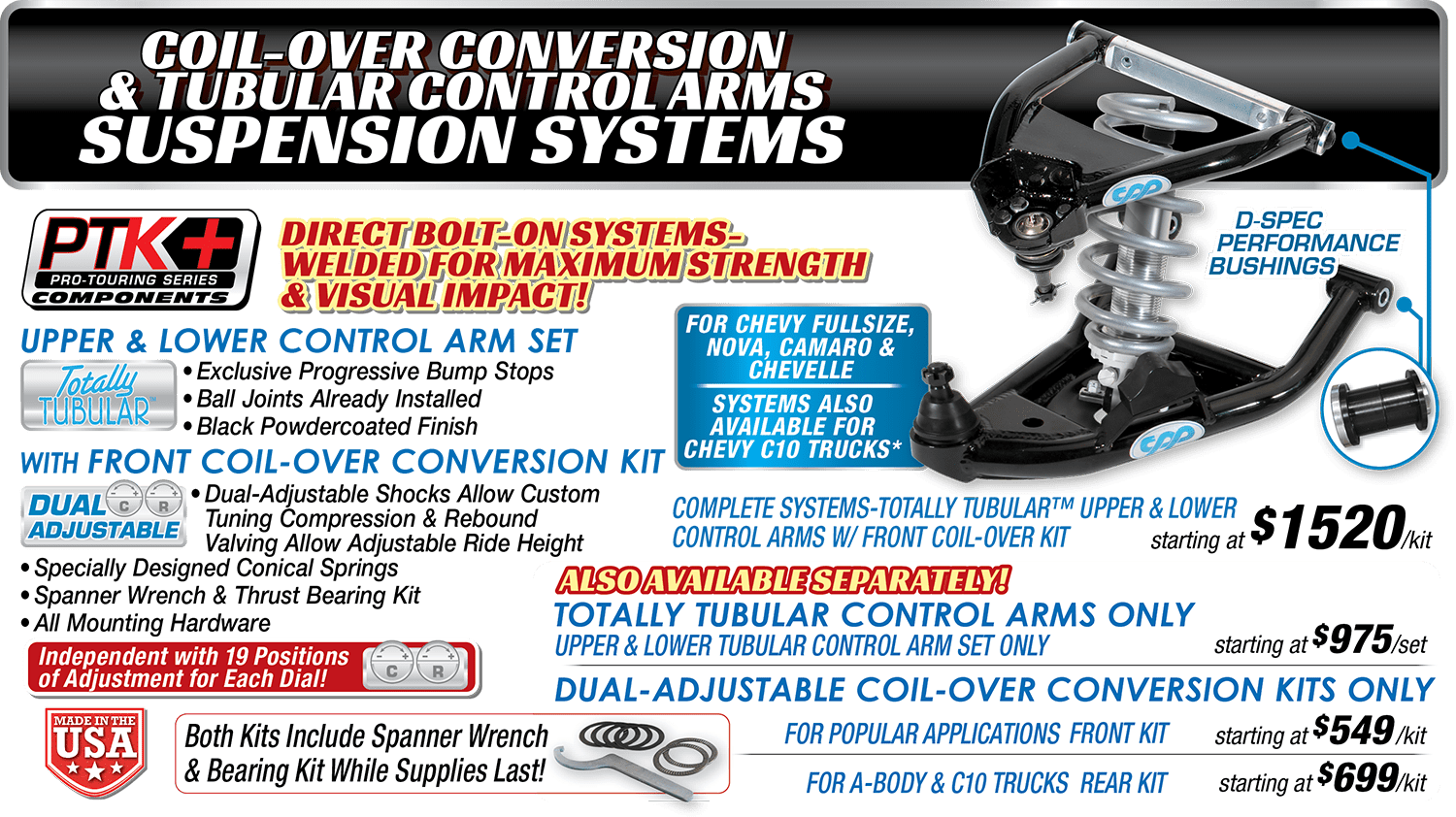
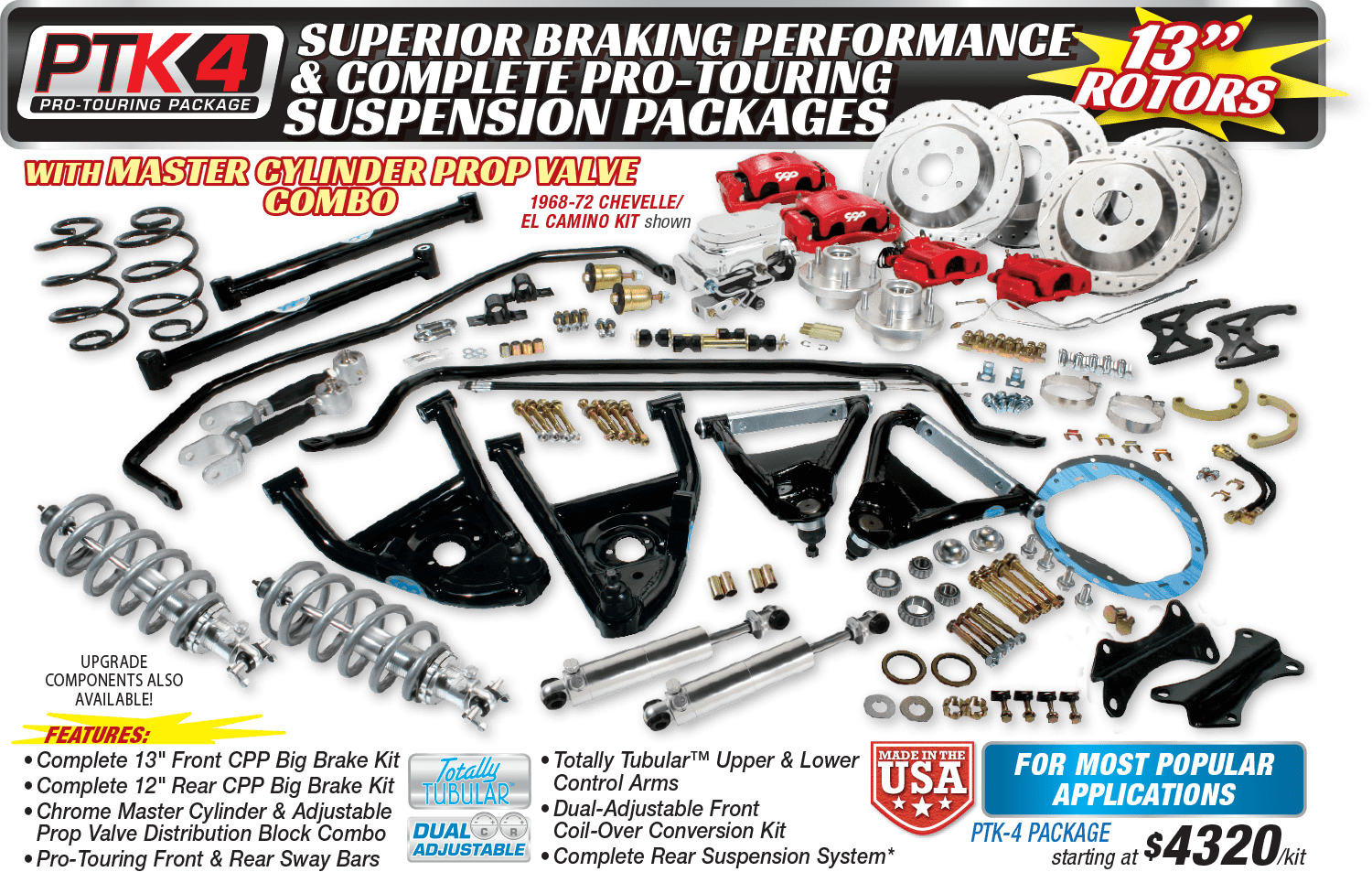
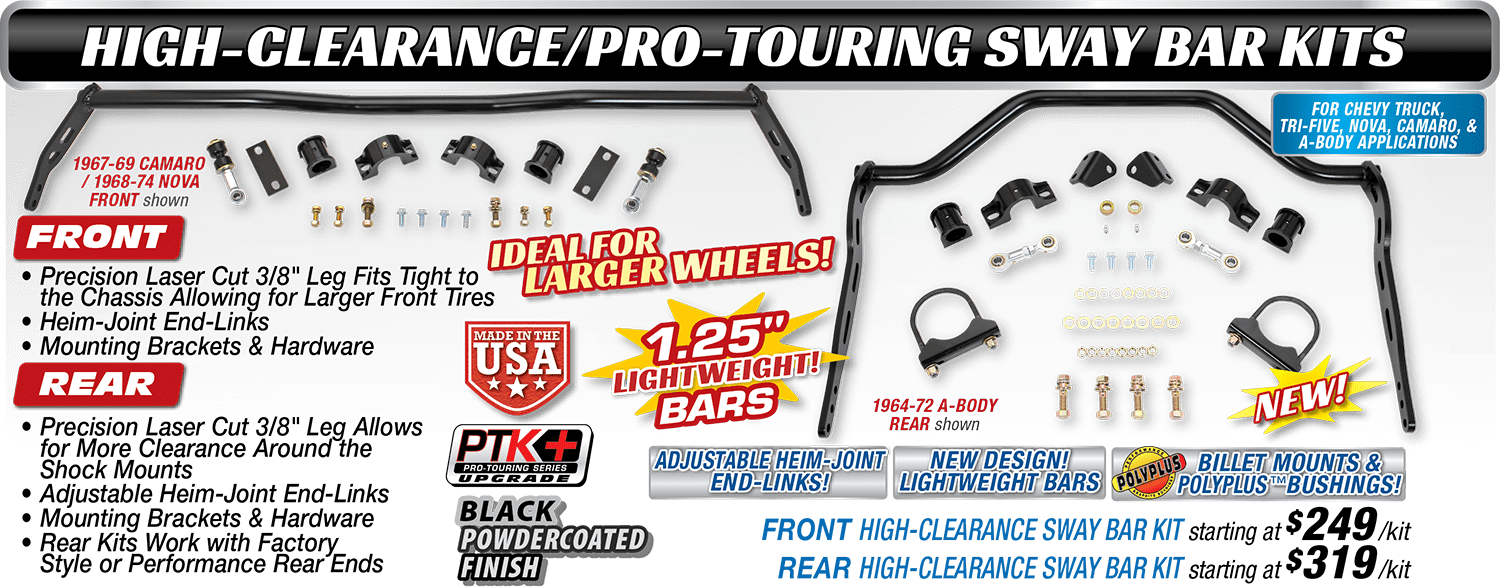

Wes Allison, “Rotten” Rodney Bauman, Shawn Brereton, Tommy Lee Byrd, Ron Ceridono, Grant Cox, John Gilbert, Tavis Highlander, Jeff Huneycutt, Barry Kluczyk, Scotty Lachenauer, Jason Lubken, John Machaqueiro, Ryan Manson, Jason Matthew, Josh Mishler, NotStock Photography, Todd Ryden, Jason Scudellari, Jeff Smith, Tim Sutton, Wes Taylor, and Chuck Vranas – Writers and Photographers
Travis Weeks Advertising Sales Manager
Patrick Walsh Sales Representative
ads@inthegaragemedia.com
AllChevyPerformance.com
ClassicTruckPerformance.com
ModernRodding.com
InTheGarageMedia.com
inthegaragemedia.com “Online Store”
For bulk back issues of 10 copies or more, contact store@inthegaragemedia.com
info@inthegaragemedia.com
Editorial contributions are welcomed but editors recommend that contributors query first. Contribution inquiries should first be emailed to info@inthegaragemedia.com. Do not mail via USPS as we assume no responsibility for loss or damage thereto. IN THE GARAGE MEDIA, INC. reserves the right to use material at its discretion, and we reserve the right to edit material to meet our requirements. Upon publication, payment will be made at our current rate, and that said, payment will cover author’s and contributor’s rights of the contribution. Contributors’ act of emailing contribution shall constitute and express warranty that material is original and no infringement on the rights of others.

Copyright (c) 2025 IN THE GARAGE MEDIA, INC.
PRINTED IN U.S.A.


Cleveland, OH
(216) 281-8777
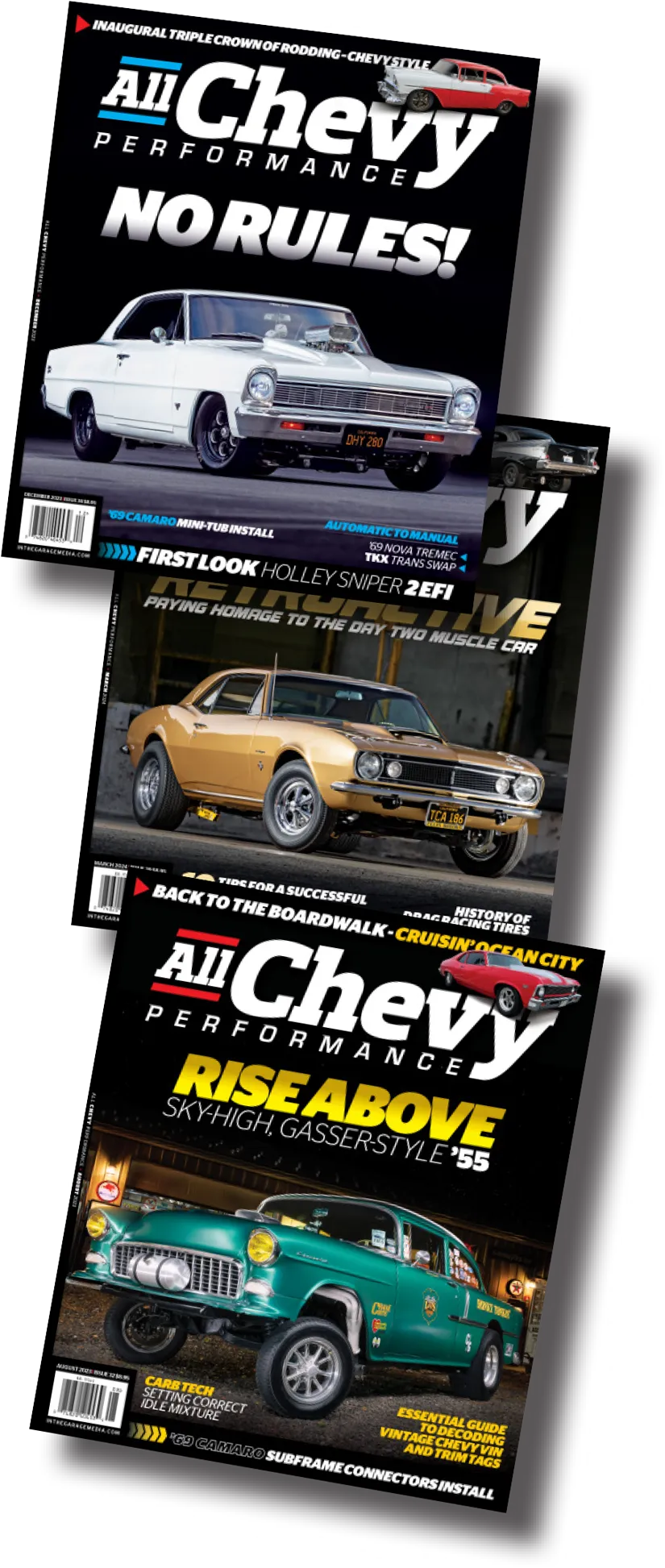
 firing up
firing up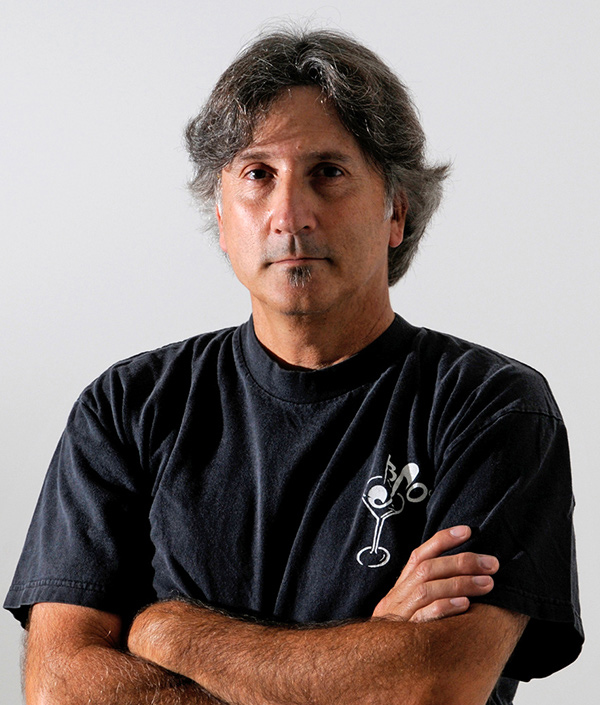
 BY NICK LICATA
BY NICK LICATA
iving in America offers the best of so many things that shape our daily lives. Whether it’s being able to watch baseball almost any day of the week from April through October—my favorite time of year—or having the freedom to drive the coolest classic muscle cars around, but I try not to take those things for granted. Sure, Europe has football (soccer), which is part of daily life, and their exotic supercars, with highly advanced engineering, have a huge following, but to most folks those types of cars are unobtainable due to their exorbitant cost. I understand the attraction, but to me nothing beats good old American muscle. The look and sound of these cars are what hooked me from an early age.
Lucky for us, America is widely regarded as the hot rod and muscle car capital of the world due to the U.S. automotive industry recognizing in the early 1960s there was a market for performance cars. This helped shape a national love affair with stylish vehicles that were both fast and loud.
But before then, the hot rod concept was born in post–World War II America when young veterans returned from military duty armed with mechanical, fabrication, and welding skills and applied that knowledge to modify old Fords and Chevys to go faster and look cooler. Southern California was the epicenter of such behavior thanks to wide-open roads and dry lake beds—both breeding grounds for straight-line racing. This activity paved the way for an explosion of creativity in both form and function, leading to the development of organized dragstrips providing a safer racing environment. It also sparked the emergence of a new aftermarket performance parts industry.
 PARTS BIN
PARTS BIN
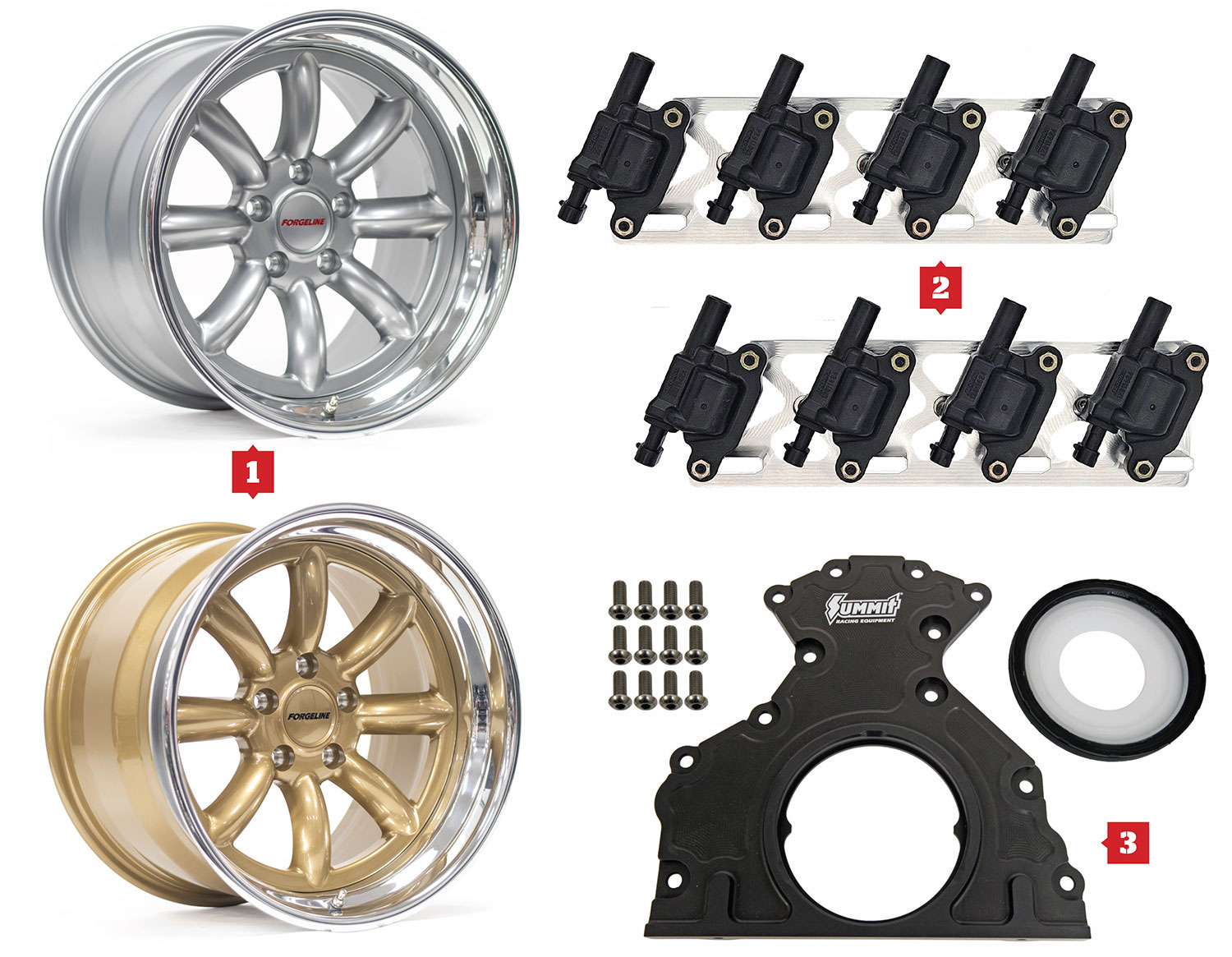

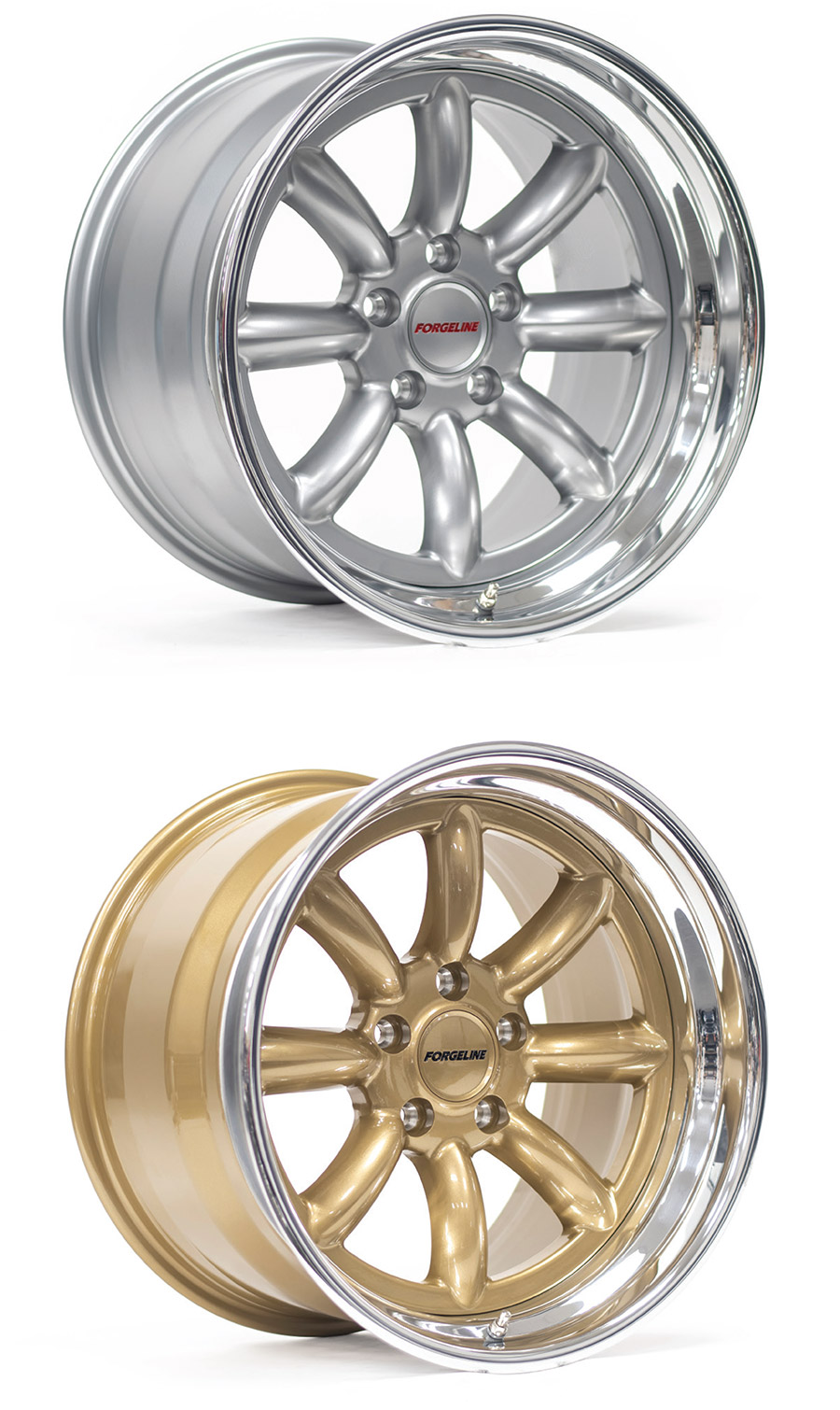
 CHEVY CONCEPTS
CHEVY CONCEPTSInTheGarageMedia.com

lack on black is the theme for this Pro Touring 1967 Camaro. On the exterior there are only mild modifications, like tucked bumpers and a cowl hood. Under that hood is a wild twin-turbo LS, so the goal was to have a subdued exterior that doesn’t let on too much. There are clues this is a real runner though. The low stance and HRE G-Code wheels create a nice pop without being distracting.
 FEATURE
FEATURE
 Images by Jason Matthew
Images by Jason Matthewhe third-gen Camaros were insanely popular after rolling off the Van Nuys and Norwood assembly lines between 1982 and 1992. Over 1.7 million made their way into the hands of Camaro enthusiasts who took a liking to the car’s new-at-the-time aerodynamic styling and overall sporty demeanor. Those looking for next-level performance in these cars went for the IROC-Z, which was introduced in 1985. Estimates suggest over 180,000 were sold between 1985 and 1990. The attraction? A race-inspired trim package, upgraded suspension for improved handling, and a high-output 305 and 350ci V-8 engines with tuned port injection delivering up to 245 hp by 1990. Not exactly earth-shattering power at the time, but due to government-mandated smog constraints, it was somewhat respectable, kind of.
 TECH
TECH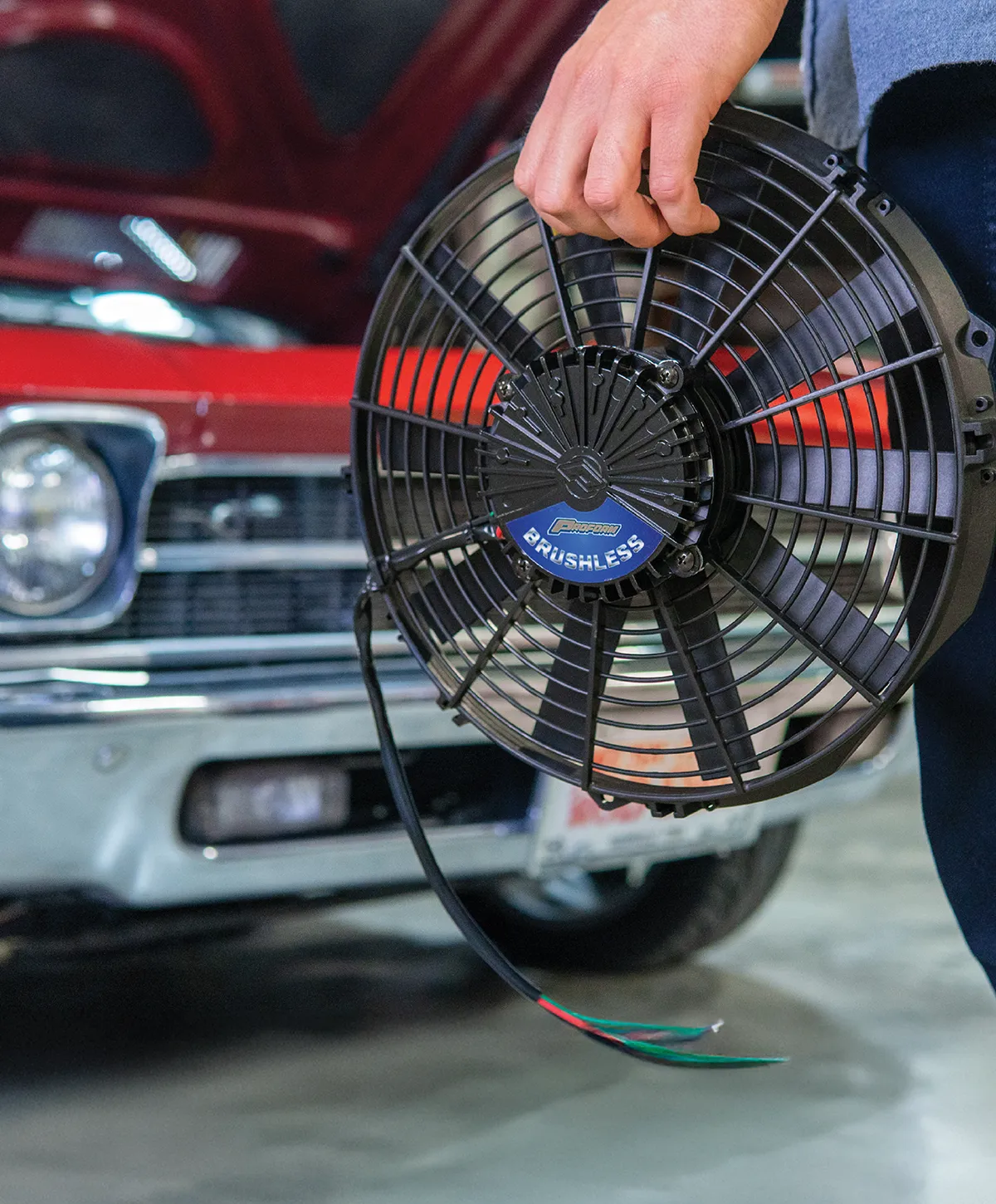


 BY Ron Ceridono
BY Ron Ceridonon Part 1 of our series on engine cooling (Volume 5, Issue 54) we began looking at cooling system components starting with radiators. This time around we’ll look at another critical component: engine cooling fans.
For a cooling system to be effective there are three basic necessities: a proper water pump, an efficient radiator, and adequate airflow through the radiator core. In many cases, once a vehicle is moving at speed, 30 mph or so, the flow of air through the radiator is sufficient to keep the engine cool. But when your car is moving slowly, or worse yet when it’s stationary, an effective fan may be the difference between the cooling system maintaining a safe operating temperature and steam coming out of the engine compartment and a river of coolant running down the street.
 FEATURE
FEATURE
InTheGarageMedia.com

Kevin Biggs Converted His ’66 Chevelle Into a Serious Pro Touring Machine
By Tommy Lee Byrd  Images by The Author
Images by The Author
hen it comes to converting an old muscle car into a modern-day performer, you have plenty of options. The aftermarket support for Chevy muscle cars is excellent, and you can pick and choose components to dial in the handling and performance of your car. Kevin Biggs has owned this 1966 Chevelle SS396 for several years and has put thousands of miles on it, thanks to a stout 502ci big-block and TREMEC six-speed manual transmission. The car had some mild modifications, like lowered suspension and disc brakes, but he was ready to take it to the next level. For this, he called upon Dan Kauffman and Derek Bradley at Pooles Mill Rods in Cumming, Georgia, for a complete chassis and drivetrain swap to turn his street cruiser into an aggressive Pro Touring monster.
 TECH
TECH
Center Mass
 Images by The Author
Images by The Authoruel injection technology has made leaps and bounds over the last 20 years. The original Holley Pro-Jection systems were complicated to install and even harder to tune. While seasoned tuners could work the system, it was much harder for the average gearhead. Having installed just about every version of Holley (and a few other brands) aftermarket EFI systems, we can tell you they have truly come a long way. In fact, the newest Holley system, the Sniper 2, is just about as plug-and-play as we have seen, while still being customizable.
There are a few interesting features to the Sniper 2: The ECM is located in the throttle body, which is not new, but this throttle body looks really good. The issue is that the plug for the main harness is very large, as in over 3 inches wide. We were able to use the large hole in the center of the firewall for the A/C hoses, but you would have to cut a large hole otherwise. We made a custom aluminum grommet plate to cover the hole. We mounted the ignition box and PDM on the inside of the firewall on a plate that we made to fill the A/C box hole in the firewall. The car will eventually get an aftermarket A/C system.
 FEATURE
FEATURE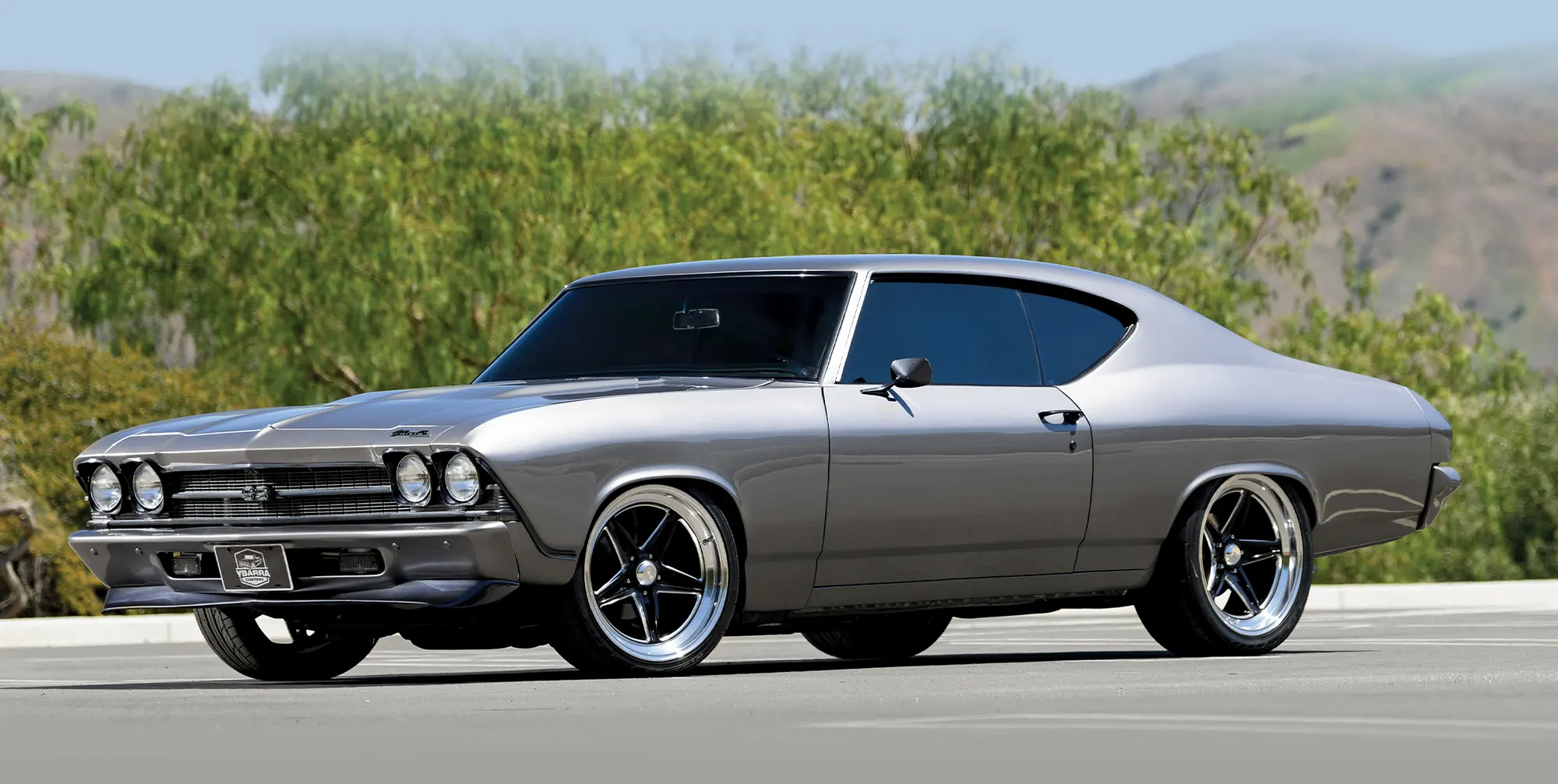

 Images by Luke Munnell
Images by Luke Munnellhe 1969 Chevy Chevelle remains one of the most iconic muscle cars ever produced—a sleek, aggressive classic that has certainly stood the test of time. For Jose Ybarra of Corona, California, it was a canvas for connection. “I’ve always been a fan of Chevelles—the ’69 in particular has always stood out to me,” Jose confirms. “It’s one of those cars that both my sons and I really connect with. It has everything we were looking for: an old-school sporty look, and it has that classic muscle car presence—the perfect platform for us to bring our shared vision to life.”
Jose has been around cars his whole life. Growing up he remembers watching his uncle and older brother working under the hood of his dad’s 1971 Charger. “My dad wasn’t much of a mechanic,” Jose recalls. “It was usually my uncle who was wrenching, with my older brother helping out.”
 TECH
TECH

 Images BY THE AUTHOR
Images BY THE AUTHORumpsteer is one of those automotive terms that everybody uses but few understand. Luckily for us, our good friend Rick Lefever took on the task of minimizing the bumpsteer in Gary Tackett’s 1967 Nova Super Stock C Modified race car.
Bumpsteer is a situation whereby the car steers itself (even when the steering wheel is not being turned) because incorrect steering geometry causes the toe to change as the wheel goes up and down.
“Gary was experiencing some bumpsteer on the track,” Lefever says, particularly when he came back to earth from a wheelie. Because the toe-in was out, the car was unpredictable.
In the Super Stock class, cars must retain the stock front suspension, including the stock A-arms, however, they can be fitted with rack-and-pinion steering, which was the case in Tackett’s Nova. Like most applications, Tackett’s Nova was fitted with a ’70s Pinto-style rack. The shocks and the upper shock mounts also have to remain in the stock location.
 FEATURE
FEATURE
 Images by THE AUTHOR
Images by THE AUTHORithout a doubt, one of the most iconic vehicles to roll off the assembly line and onto our roadways has to be the station wagon. Fueling a passion of exploring America through its expansive panoramic highways, it allowed families to experience travel like never before. Serving as a backbone for our culture for decades, it’s seen service as a family hauler, grocery getter, load-in for drive-in movies, a business support vehicle, and even taken down dragstrips. The 1966 Chevy II 100-Series wagon laid out across our pages, owned by Don Fardie of Lakeville, Massachusetts, showcases plenty of Day Two style along with a great story to tell about its creation.

 TECH
TECH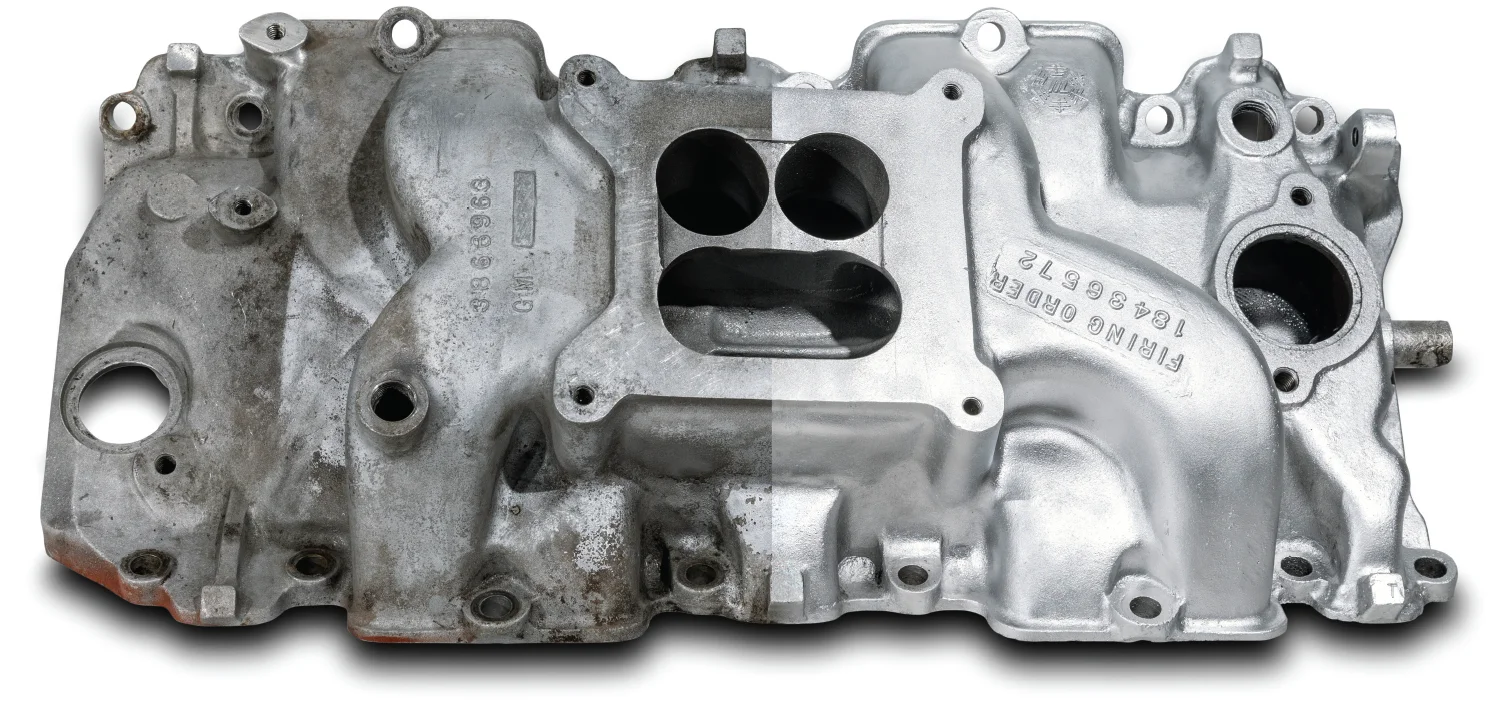
 Images by THE AUTHOR
Images by THE AUTHORn the automotive restoration game, there are a wide range of options when it comes to tackling the various processes involved. What defines a restoration can also be interpreted in many degrees. There are several variables that come into play, and for places that are doing high-end concours restorations the need to bring a car back to how it rolled off the assembly line is the bar that is always set and challenge always faced. Knowledge of the correct finishes on the various parts found on a given vehicle require a certain level of knowledge and experience in their application. Painted items are one part of that equation, however, the range of different bare metal items found on a vehicle usually requires a different approach when it comes to their restoration. The easy path sometimes is to simply find a mint N.O.S. replacement, but that is not always an option. When it comes to aluminum parts, there are various ways that shops tackle their restorations in what they deem as the best solution. We’re going to exclusively focus on aluminum parts, and we have the perfect test subject: an L78 intake manifold for a 1965 Corvette that was recently vapor honed at American Muscle Car Restorations (AMCR) in North Kingstown, Rhode Island. They have over the years set the bar to the highest level with many award-winning OEM restorations under their belt. Vapor honing is another tool that they have added to their arsenal of processes that we will be testing on our manifold.
You might be asking, ‘What is vapor honing?’ You may have heard of it also referred to as wet blasting or slurry blasting. By whatever name you’re familiar with, it is a process that utilizes a mixture of abrasive media, water, and compressed air to clean, polish, deburr, or finish a surface. The choice of abrasive media is critical and depends on the material of the workpiece and the desired finish.
 EVENT
EVENT

An Unforgettable Show at the Same Trusted Venue
 Images by THE AUTHOR
Images by THE AUTHORnother year and another Camaro Nationals is in the history books. Once again, the 2025 show came together at the Classic Auto Mall in Morgantown, Pennsylvania. This was the 26th edition, and the partnership that has grown with this indoor and outdoor space continues to deliver the goods with another great gathering. For anyone holding an outdoor show in the Northeast, the unpredictable shifts in the weather forecast can make holding an event somewhat challenging, which was the case for the weekend of the show. A mix of sun and threatening overcast skies with the possibility of rain didn’t keep everyone home, but it did have an impact on the final figures. Saturday morning the skies opened up with rain, which impacted the Saturday car count, as some of the folks who typically drive their Camaros to the show opted to stay home. The final registered car count came in at 610.
Those attending the show enjoyed a well-organized schedule of events. Karl Scheffy, the organizer of the event, once again mobilized his crew to help things run smoothly. His local club, the Lehigh Valley Camaro Club, along with several other clubs also volunteered their time. Many of these clubs also take the opportunity to hold their annual get-together and can usually be found under the tents set up throughout the show.
 EVENT
EVENT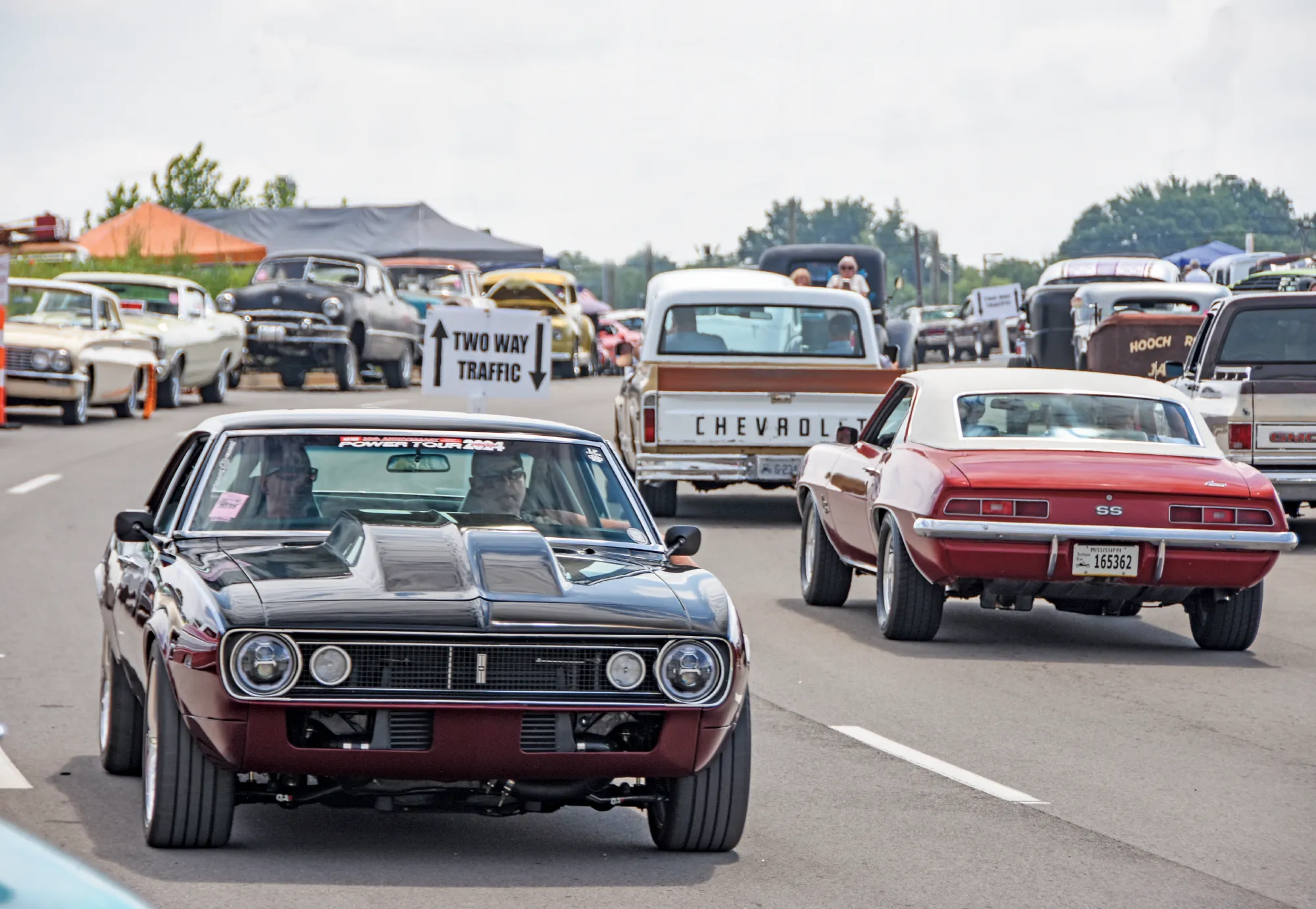


Muscle Cars, Gassers, and More Roll into Louisville
 Images by THE AUTHOR
Images by THE AUTHORor decades, the National Street Rod Association had a strict age cutoff of 1948, ensuring its events would be pure to the street rod community. As time went on, there was a push to move the cutoff dates to allow a bigger variety of cars and trucks to cruise into the Kentucky Expo Center in Louisville, Kentucky, for the NSRA Street Rod Nationals. The result was a 30-year sliding cutoff, meaning this year’s event allowed cars and trucks as new as 1995 to participate. While the name still implies the street rod theme, this event is packed with awesome muscle cars, gassers, and much more. With nearly 10,000 cars and trucks on the property, this event is still going strong in its 56th year in operation.
We rolled into Louisville on Wednesday to prepare for a long weekend of activities and hit the ground running on Thursday morning. A stroll through the swap meet is always interesting, as there are usually a few treasures hidden in the rows of used parts and projects. The vendor hall is a popular escape from the heat and provides a view of many parts manufacturers and vendors within the automotive aftermarket. There are also special display areas inside the vendor building, including the Builder’s Showcase in the lobby area. Out back, there is an autocross course running throughout the event, giving people a chance to stretch the legs of their vehicle. The autocross is open to cars or trucks from any year, so the NSRA’s 30-year cutoff does not apply in the autocross competition.
Then, of course, there are thousands of vehicles in the parking lots surrounding the Expo Center. We saw cool original-paint survivors, ’70s street machines, Pro Touring cars, and so much more. Tri-Five gassers were plentiful, offering lots of paint, suspension, and engine combinations.
Advertiser
- American Autowire11
- Art Morrison Enterprises29
- Auto Metal Direct7
- Automotive Racing Products9
- Billet Specialties65
- Boese Engineering89
- Borgeson Universal Co.33
- Classic Industries31
- Classic Performance Products4-5, 89, 92
- Custom Autosound83
- Dakota Digital91
- Eddie Motorsports23
- FiTech EFI65
- Flaming River Industries25
- Forgeline Motorsports87
- Goodguys Rod & Custom Association43
- Granatelli Motor Sports, Inc.77
- Heidts Suspension Systems57
- Lokar2
- National Street Rod Association49
- Powermaster Performance83
- Scott’s Hotrods77
- Spal USA87
- That’s Great News89
- Trick Flow Specialties35
- Vintage Air6
- Wilwood Engineering13










